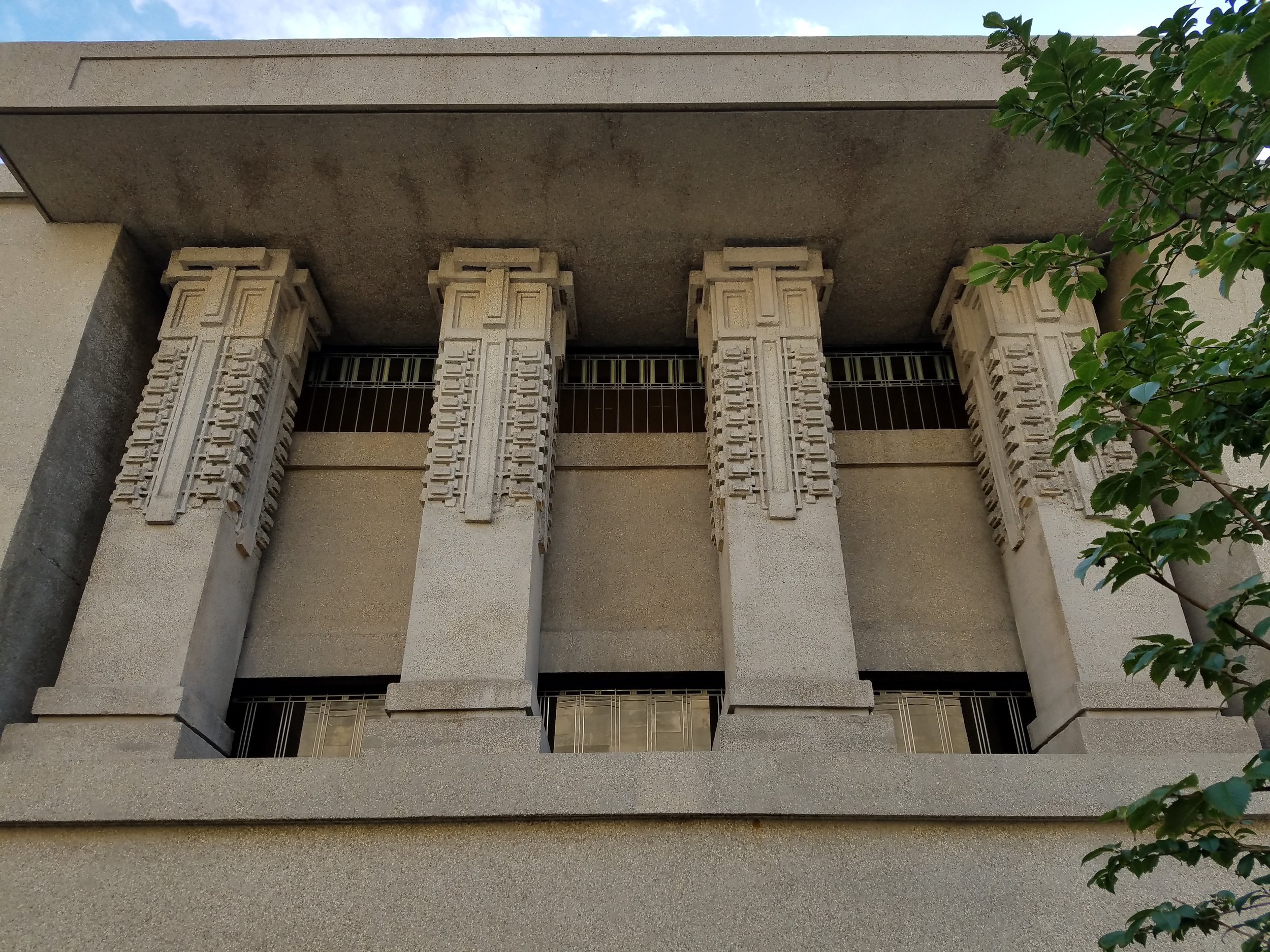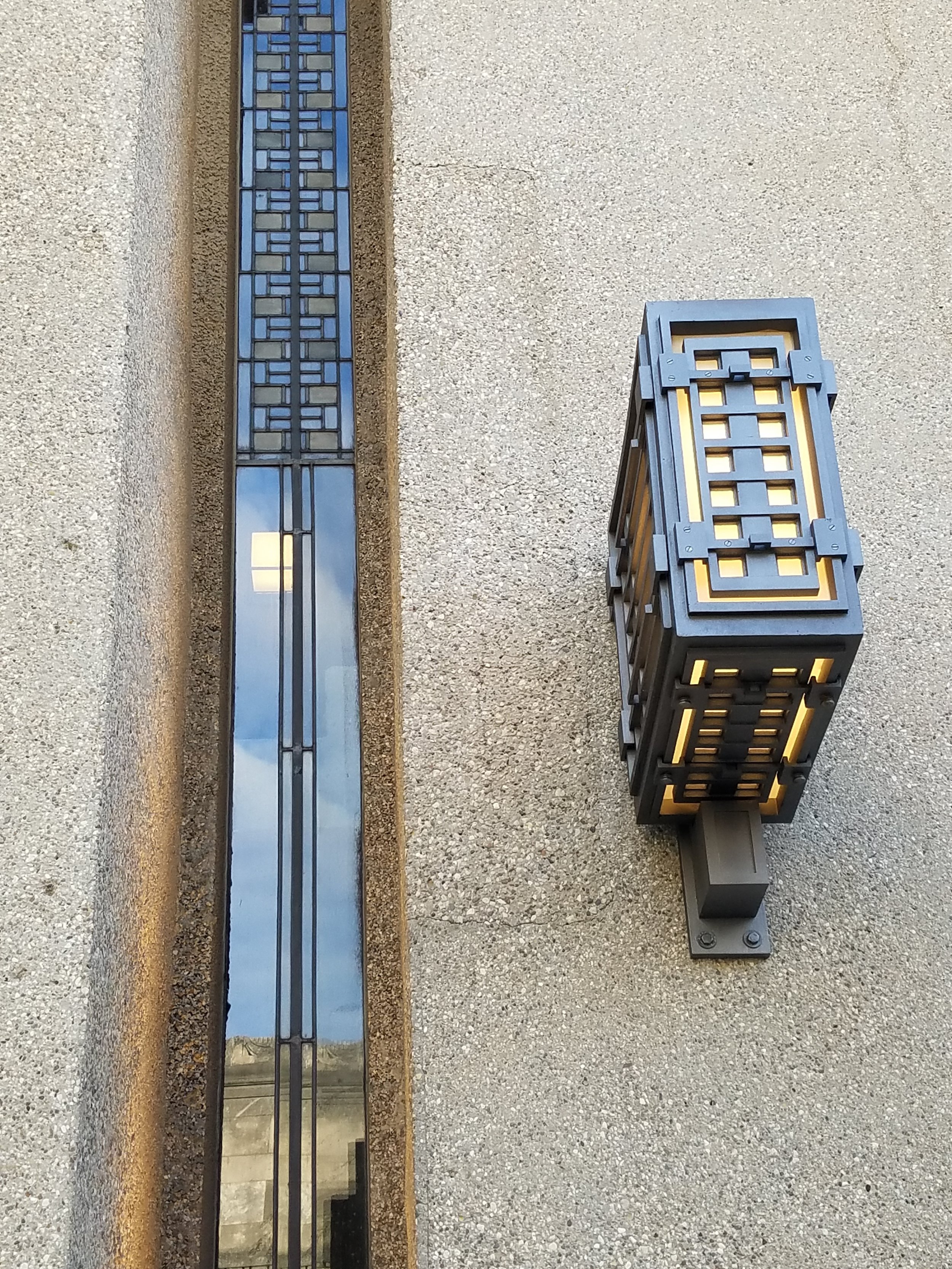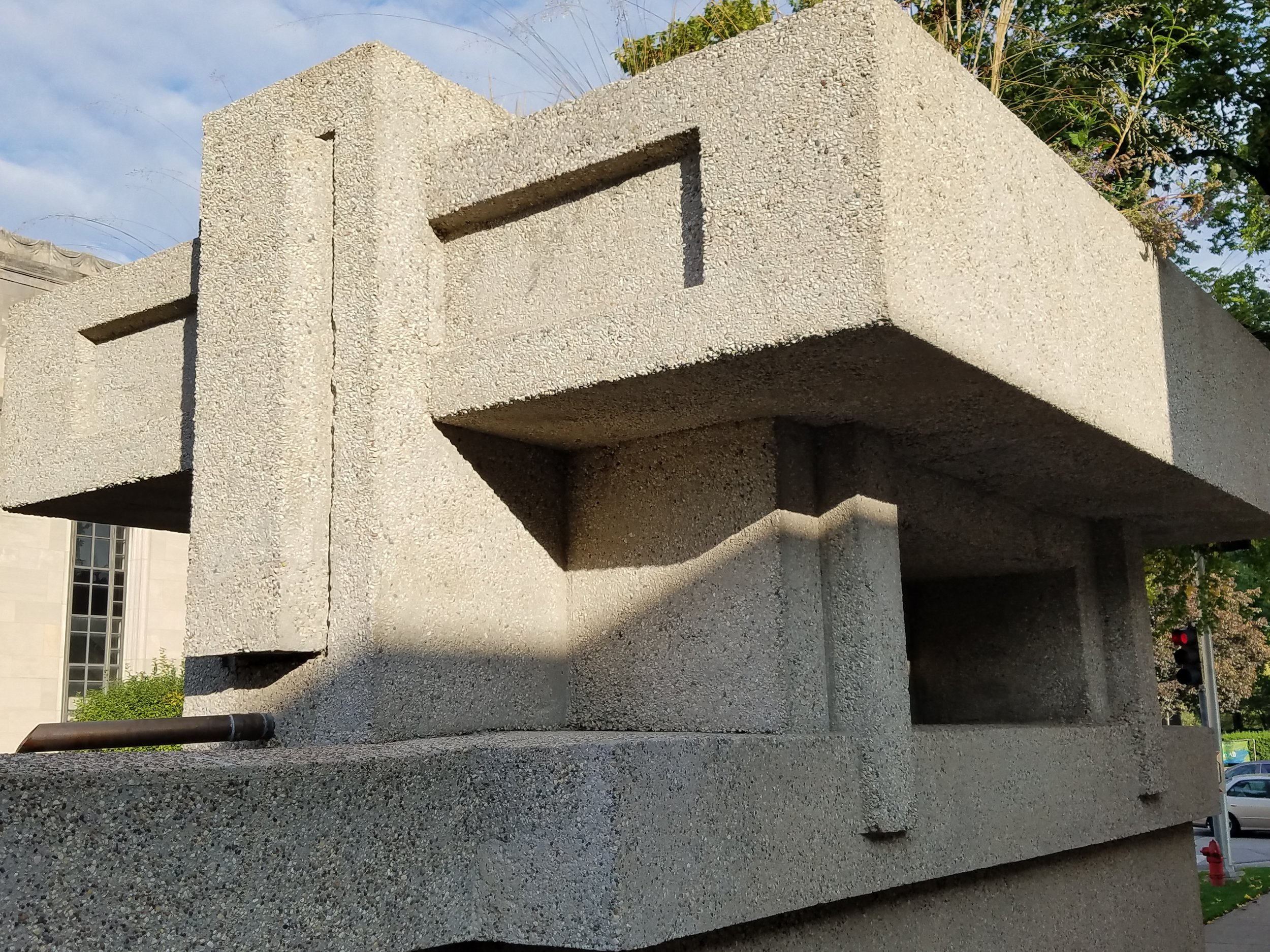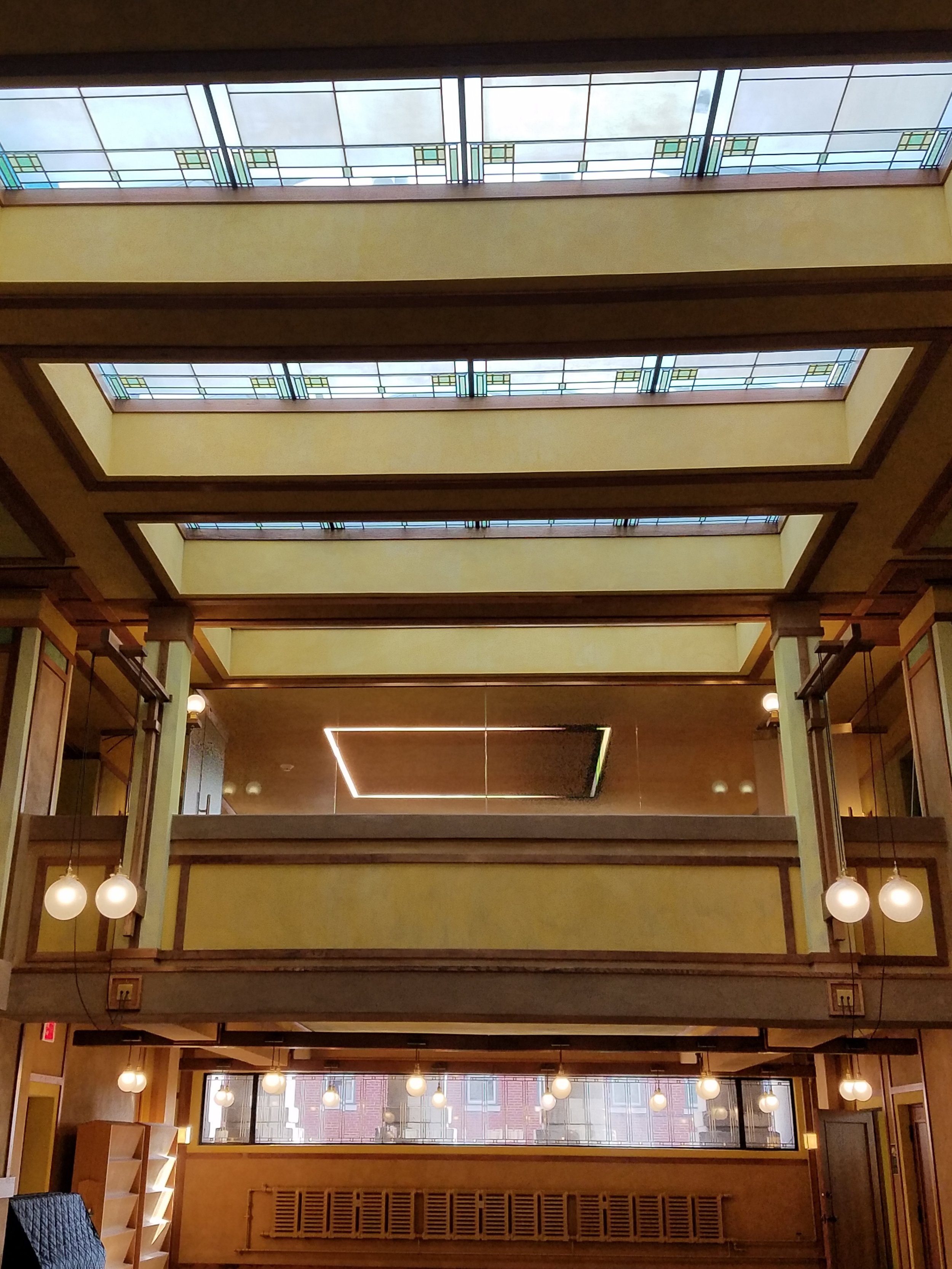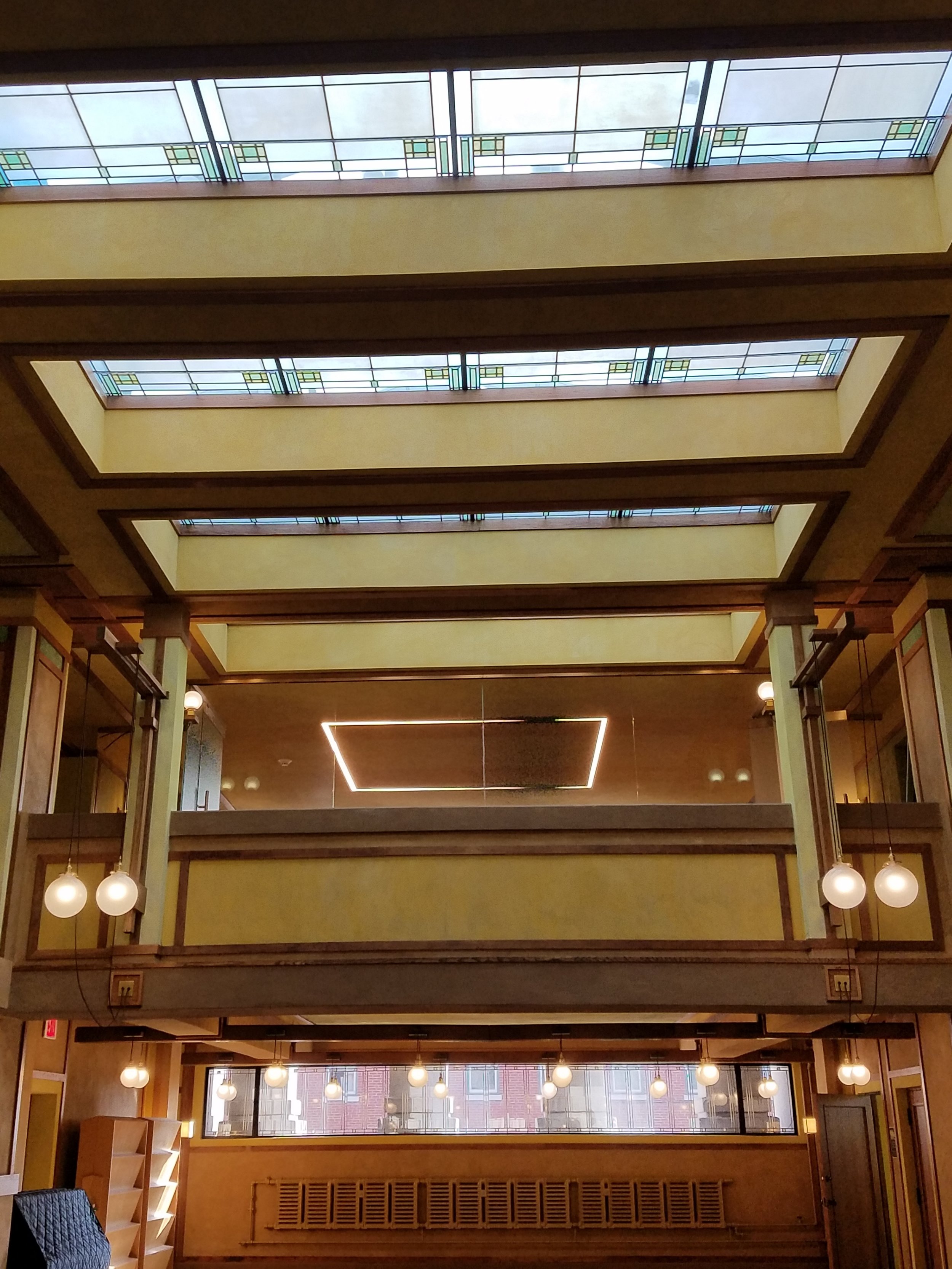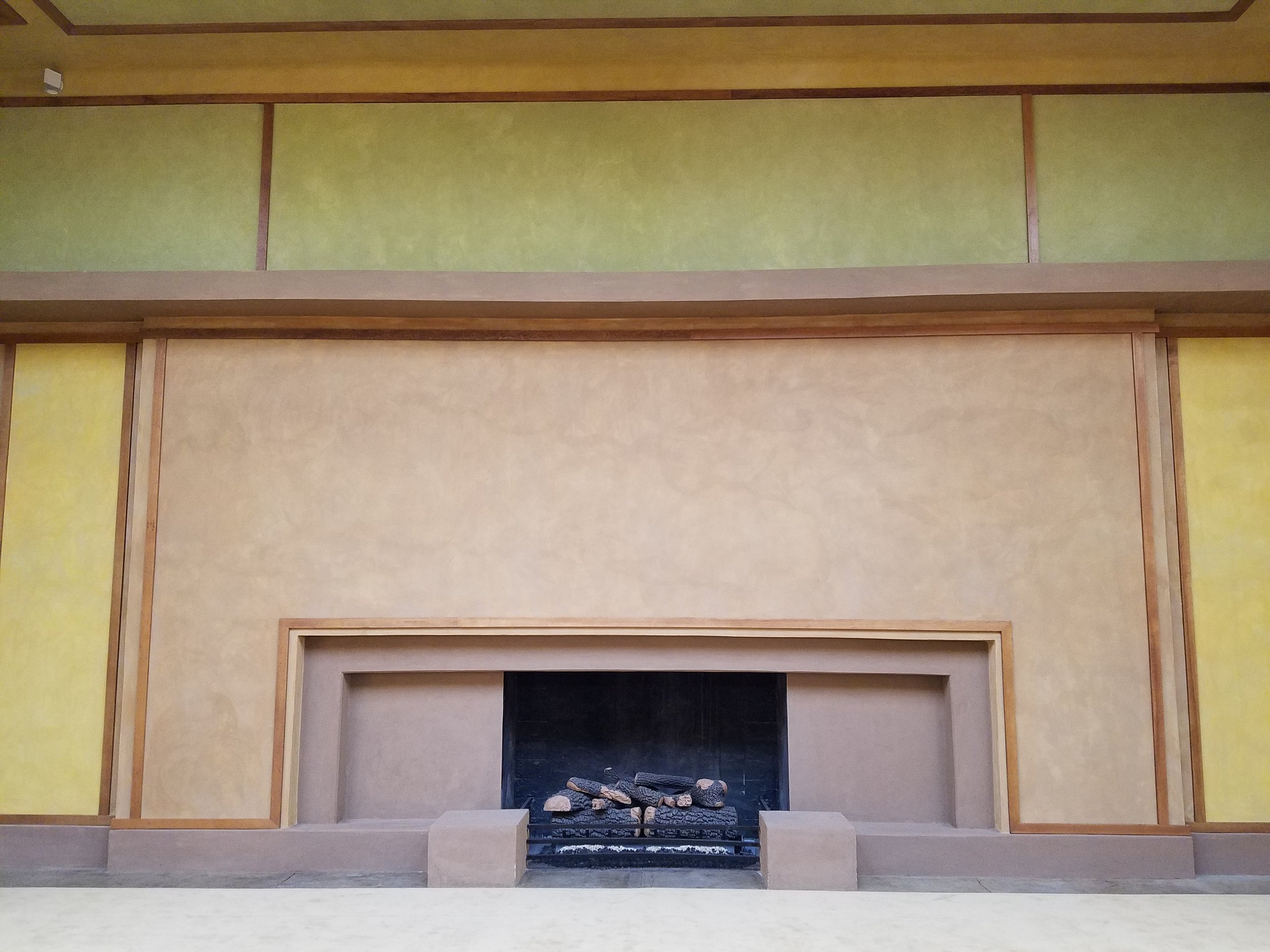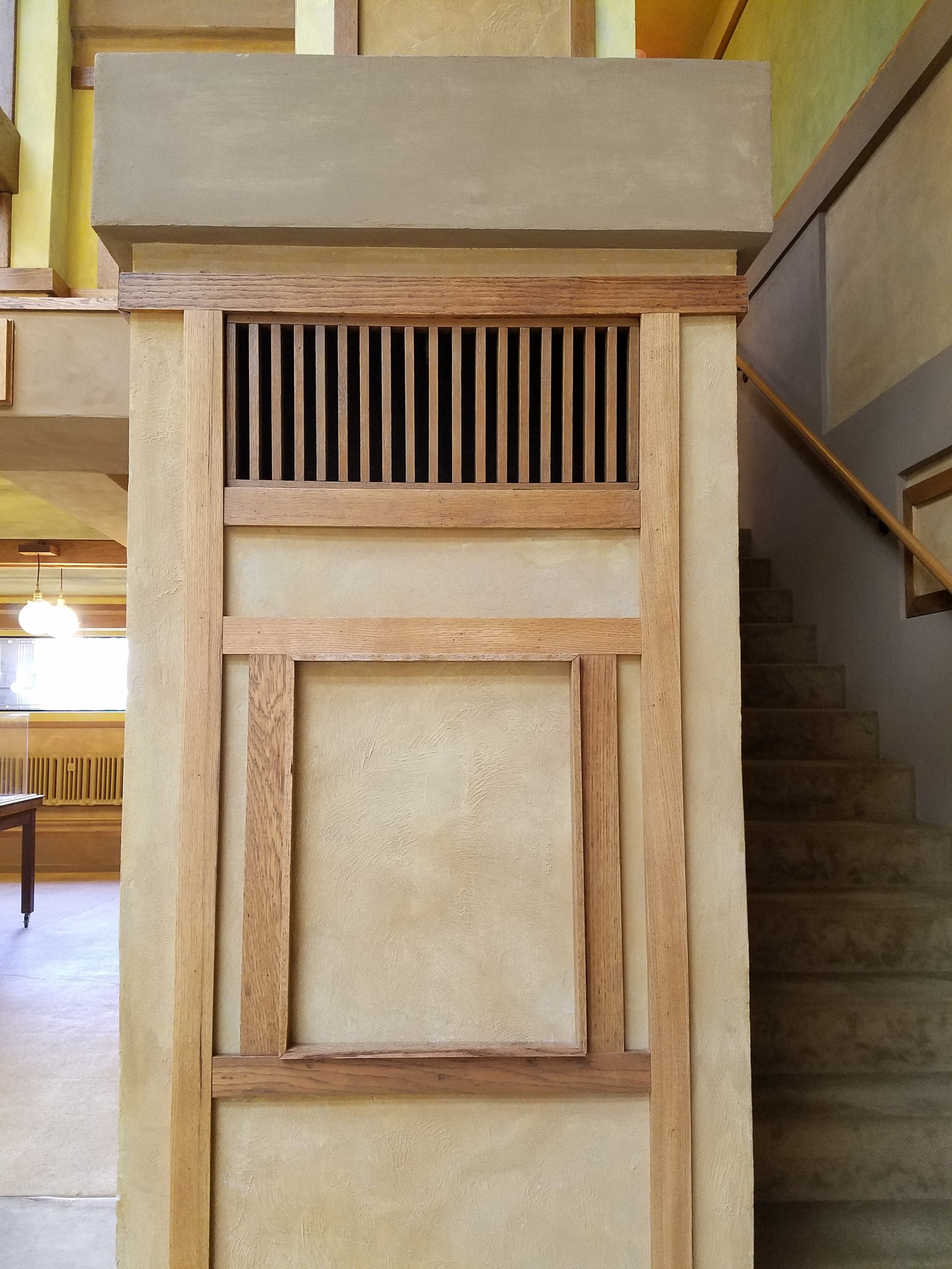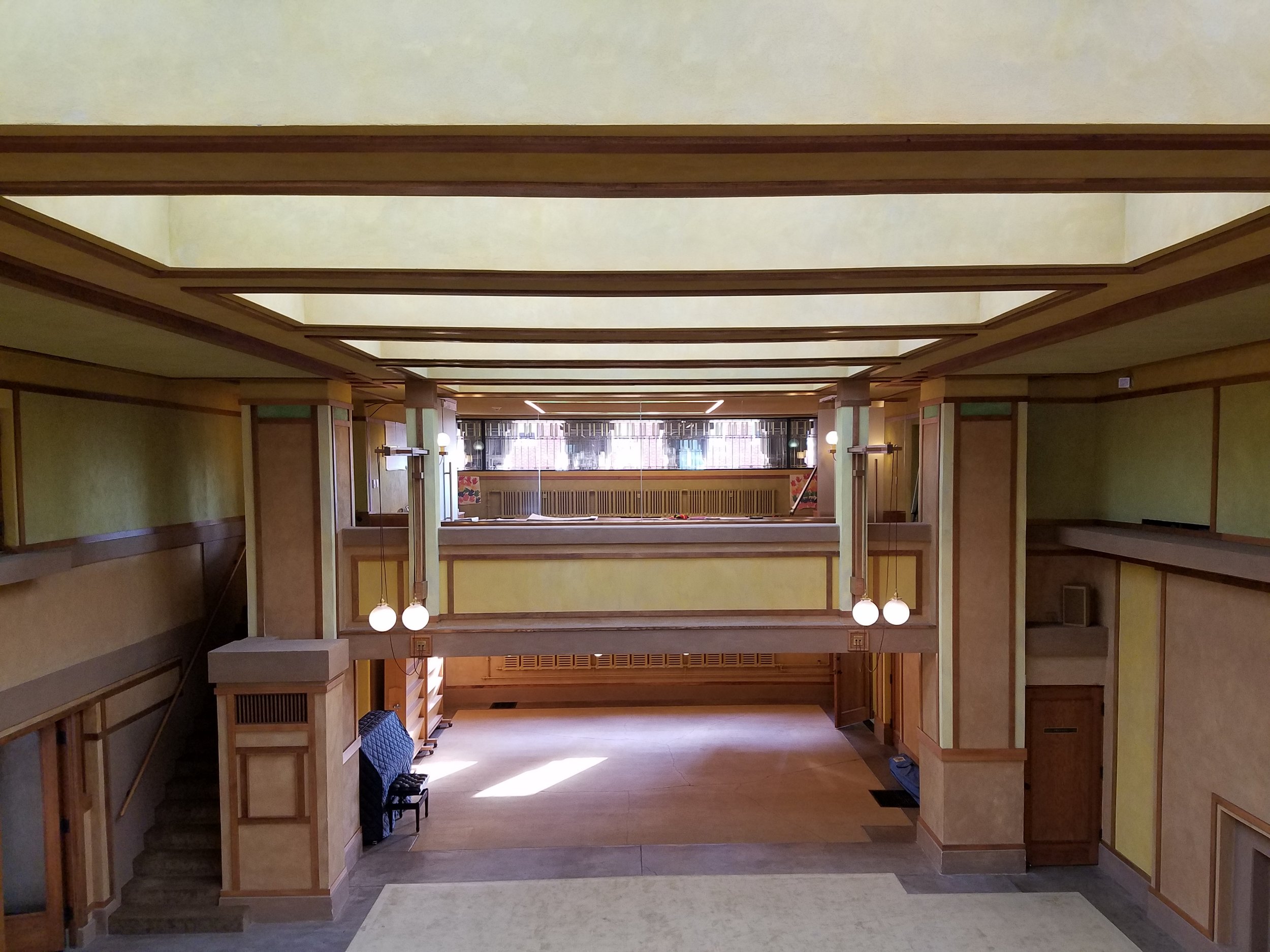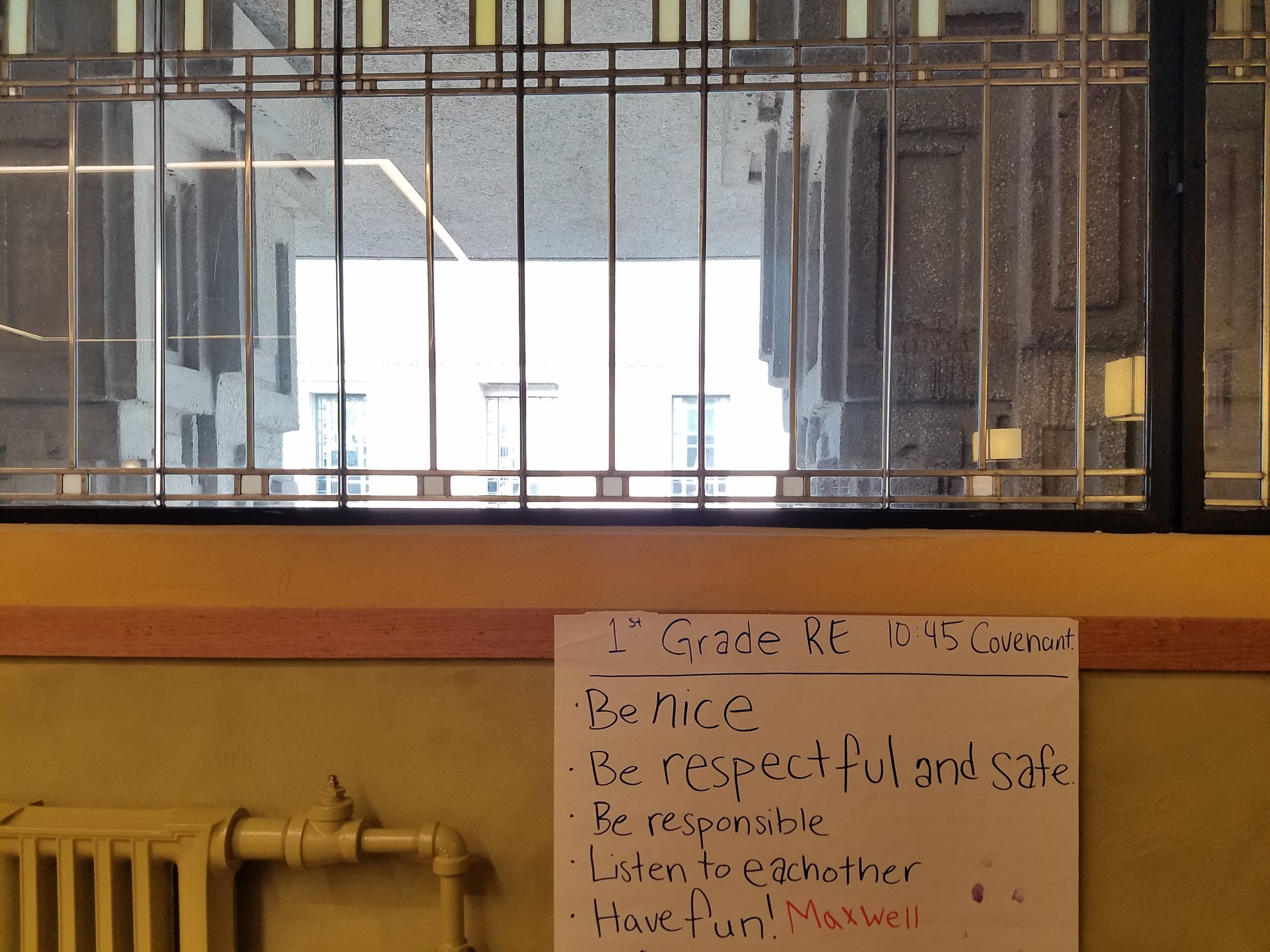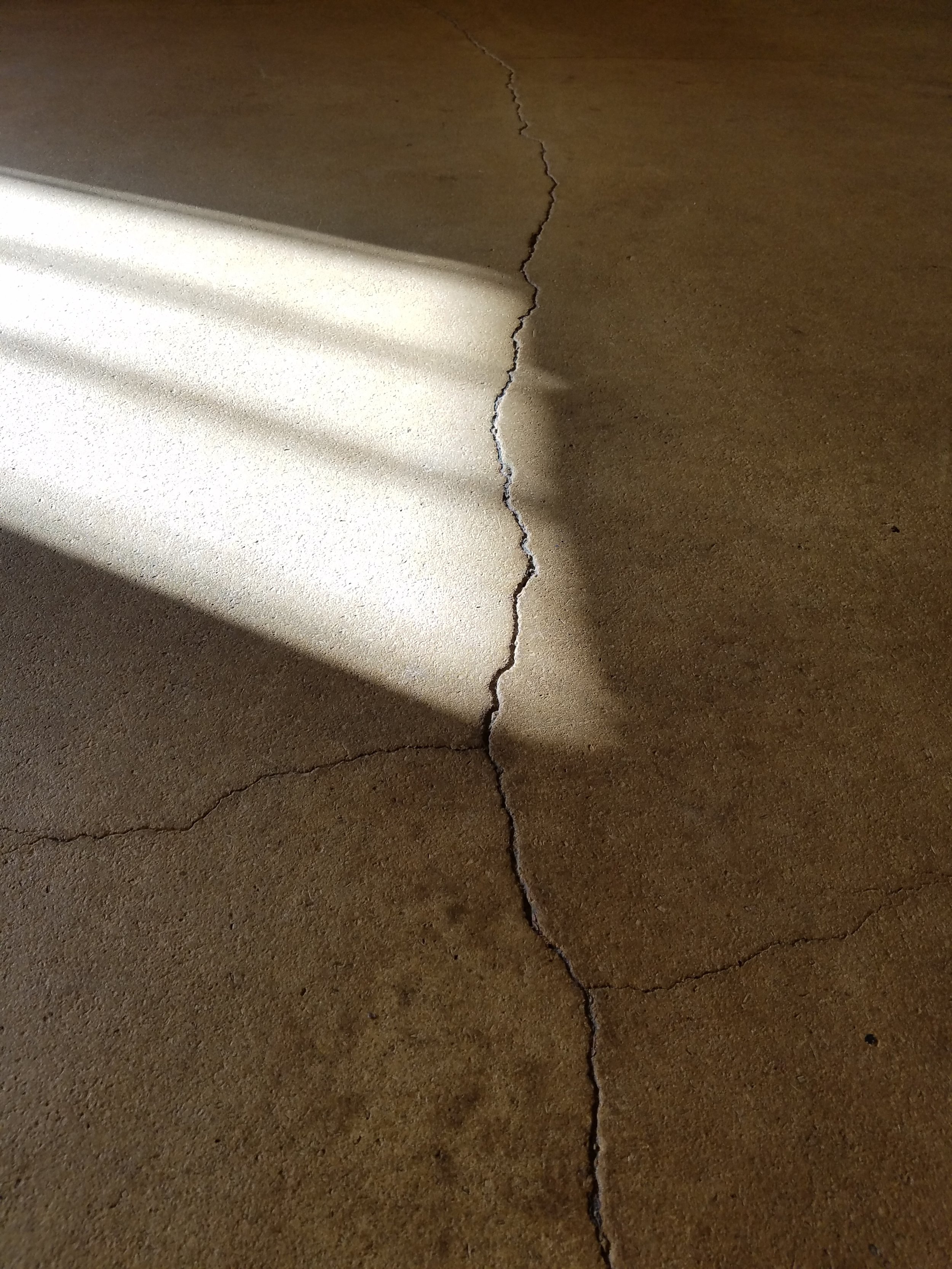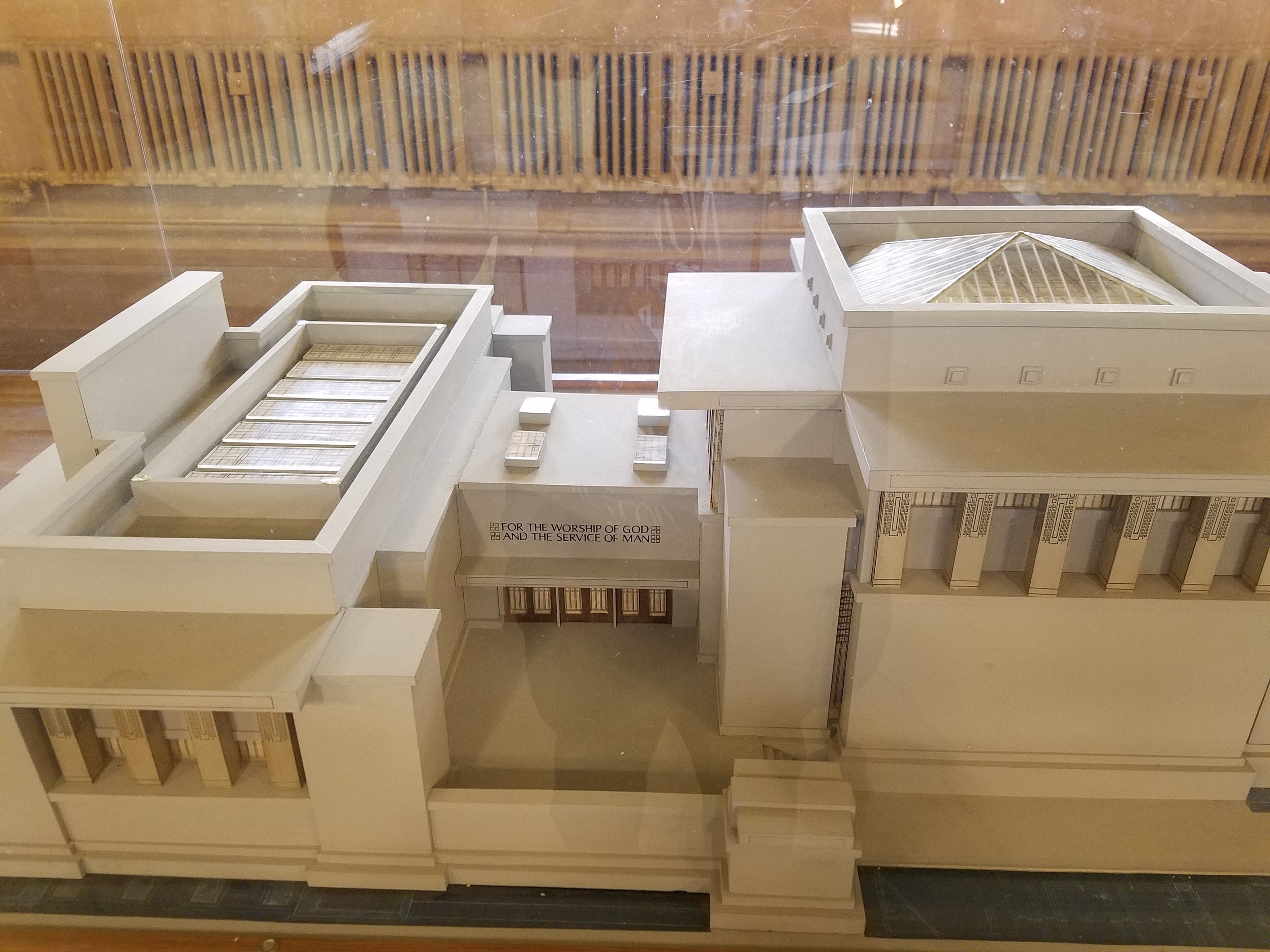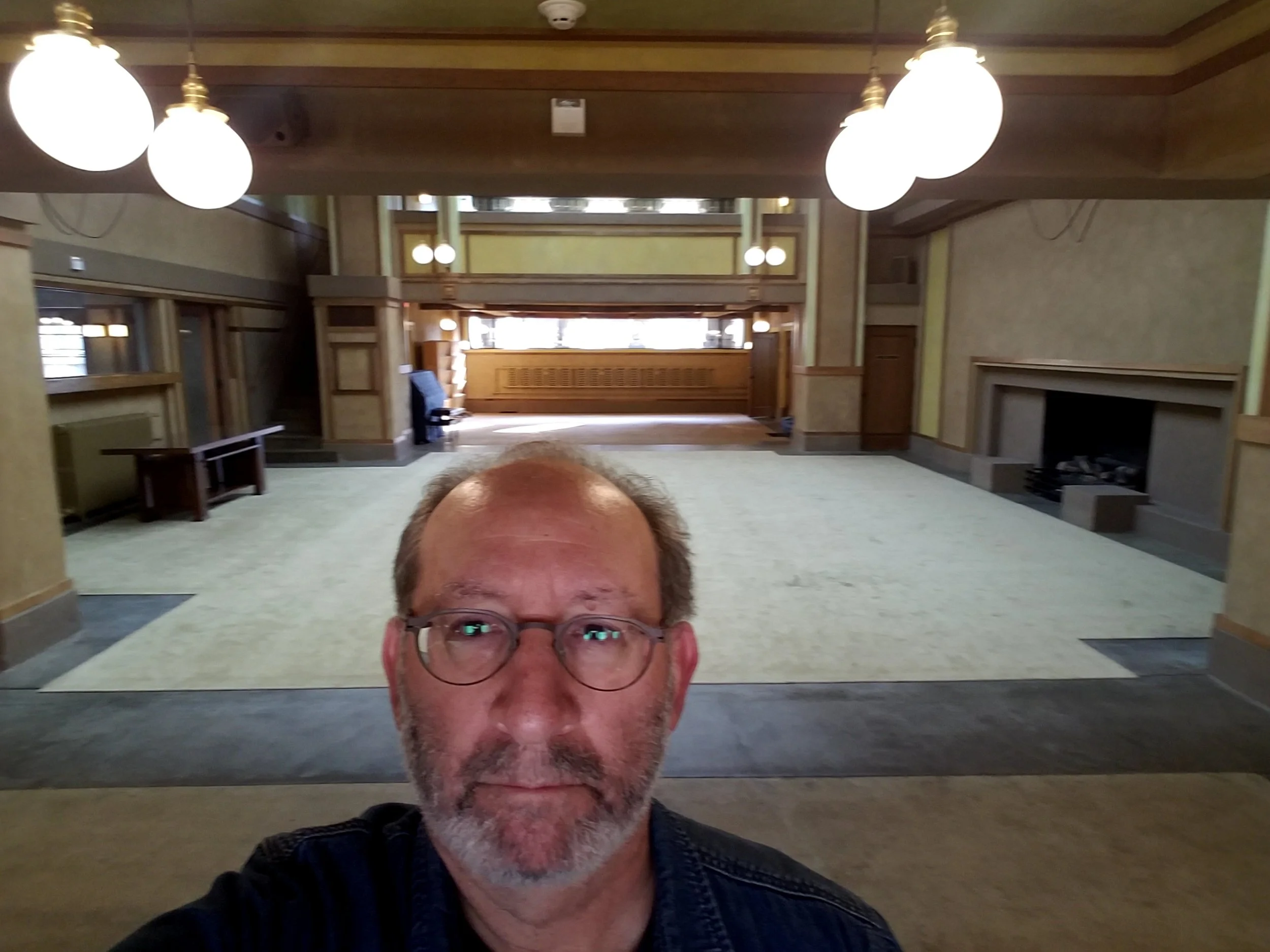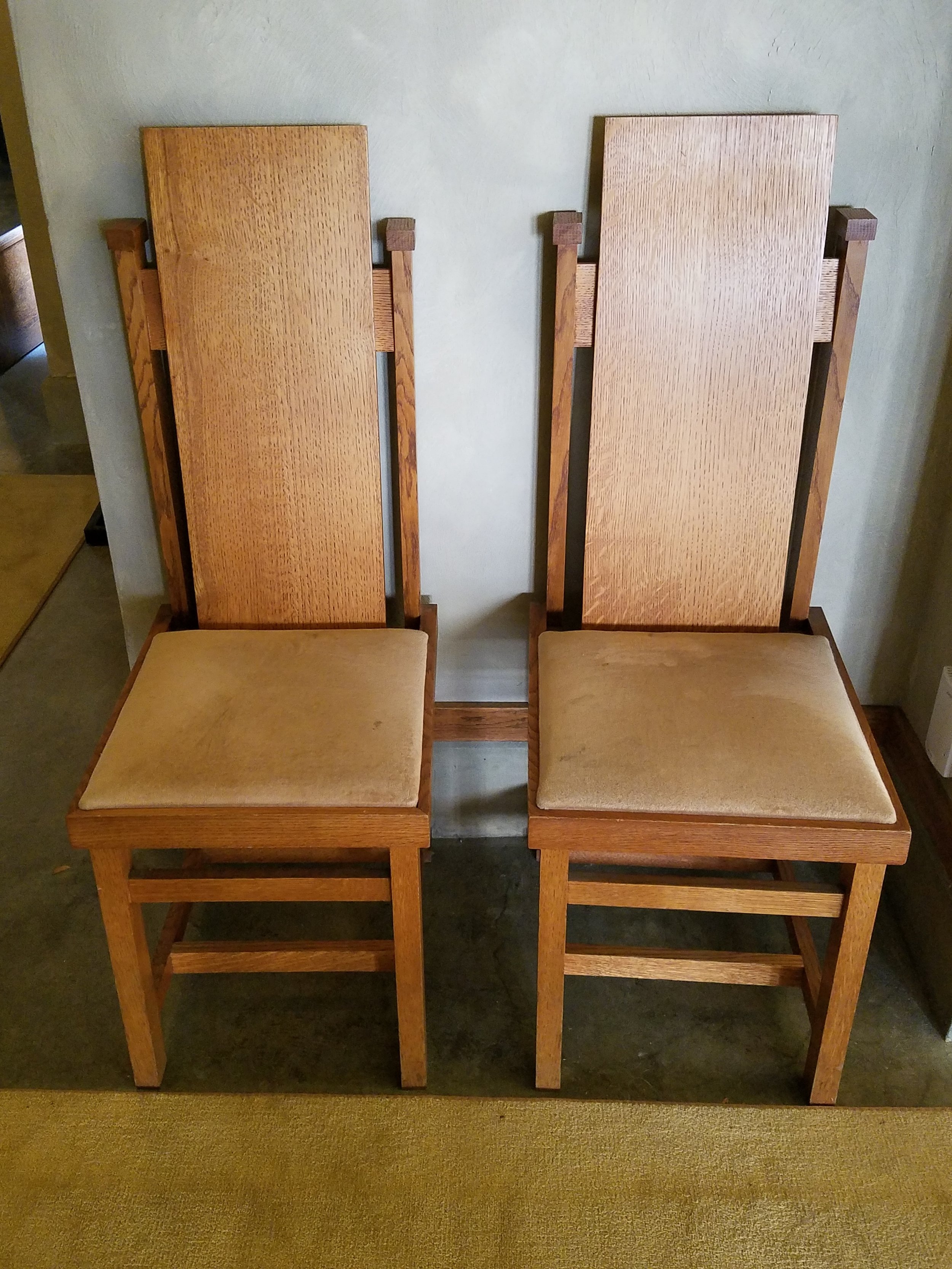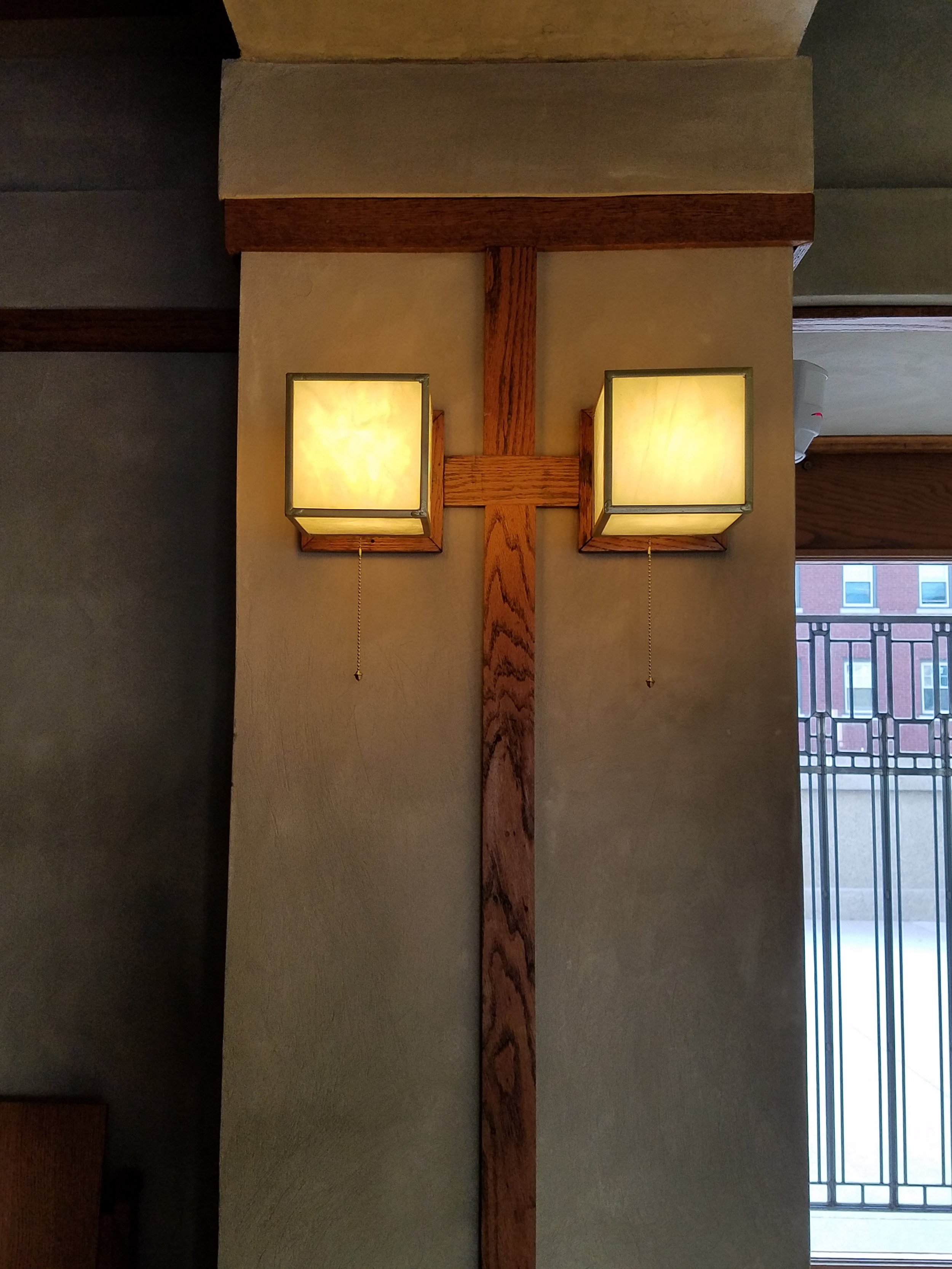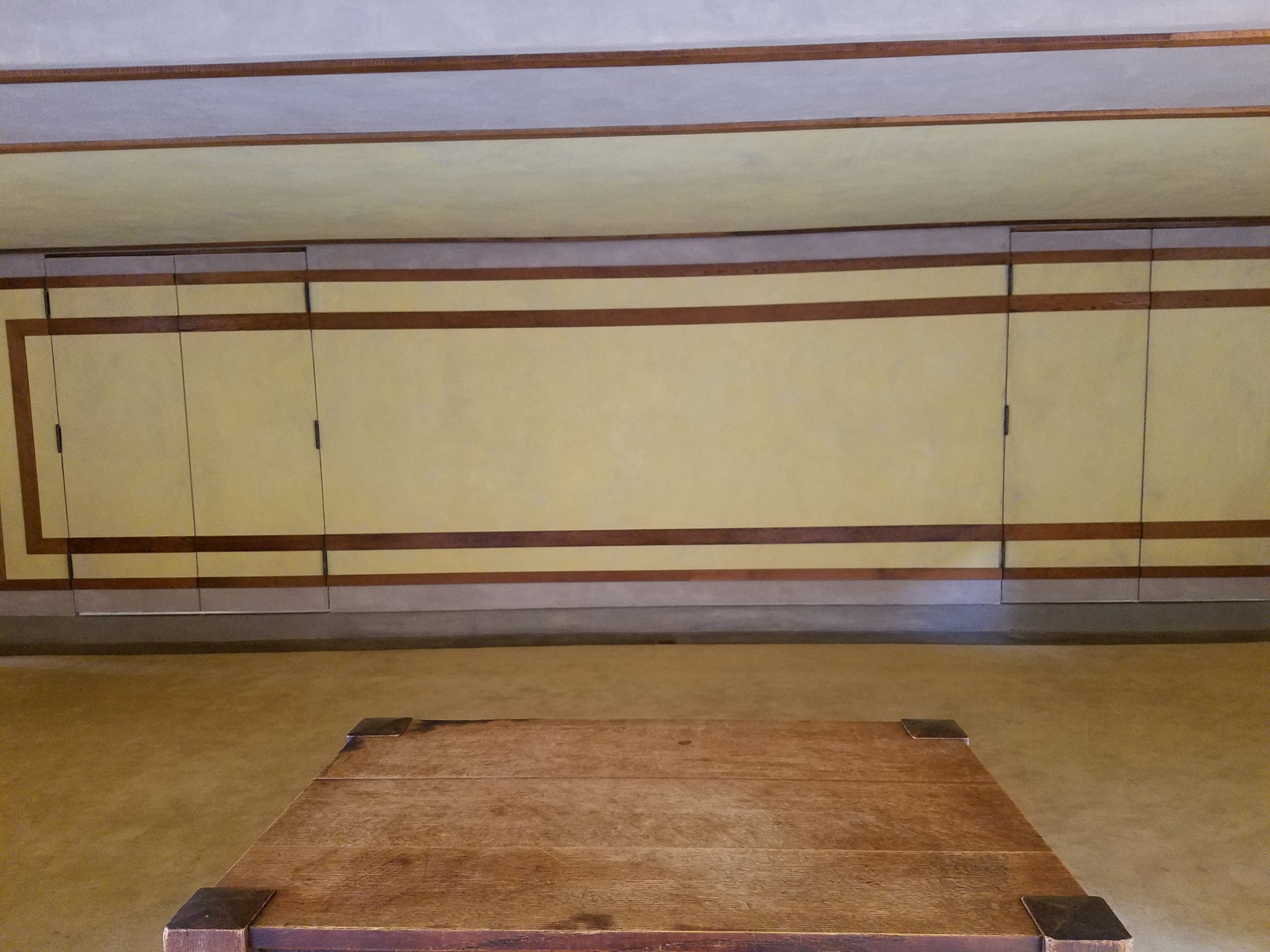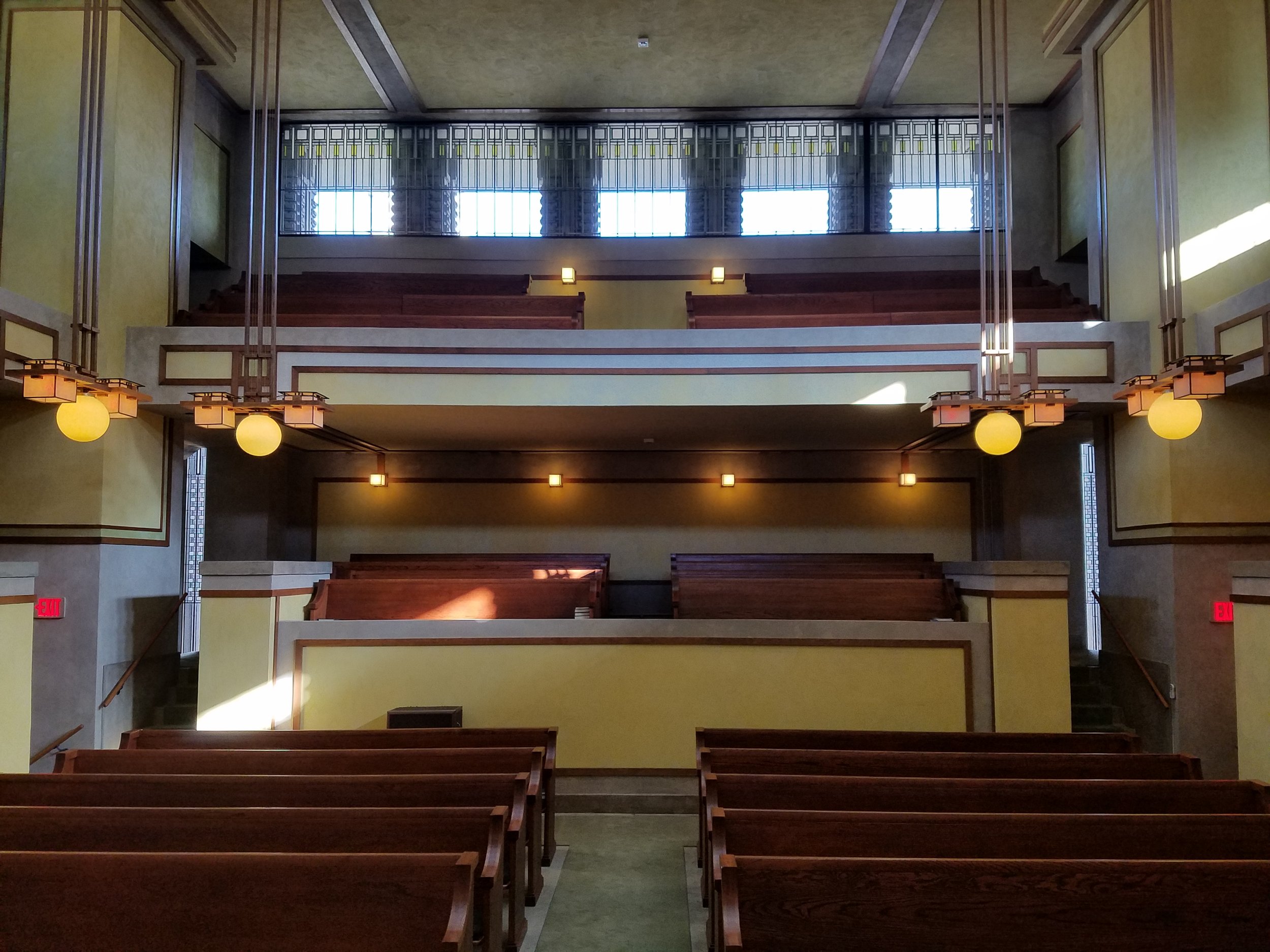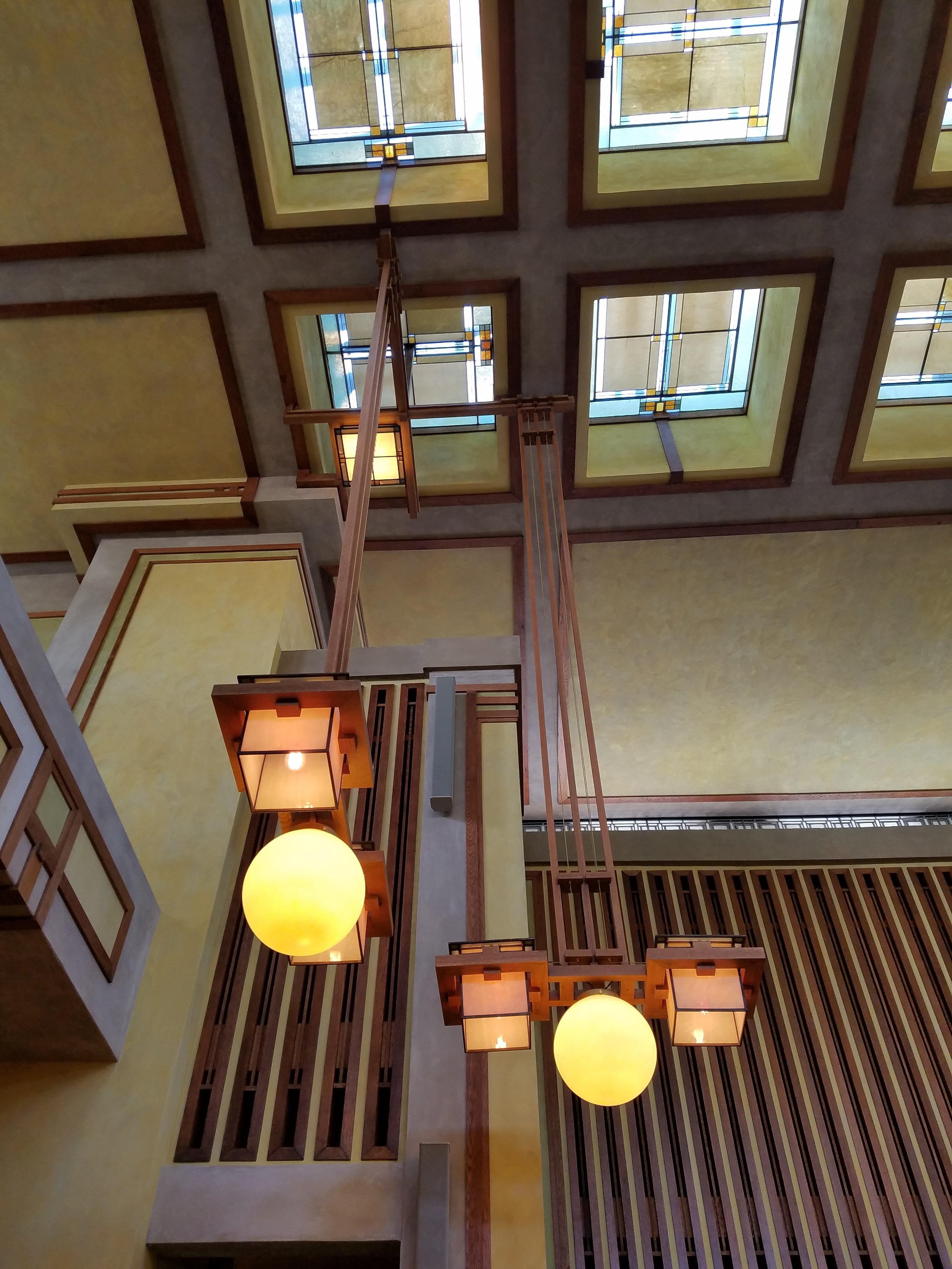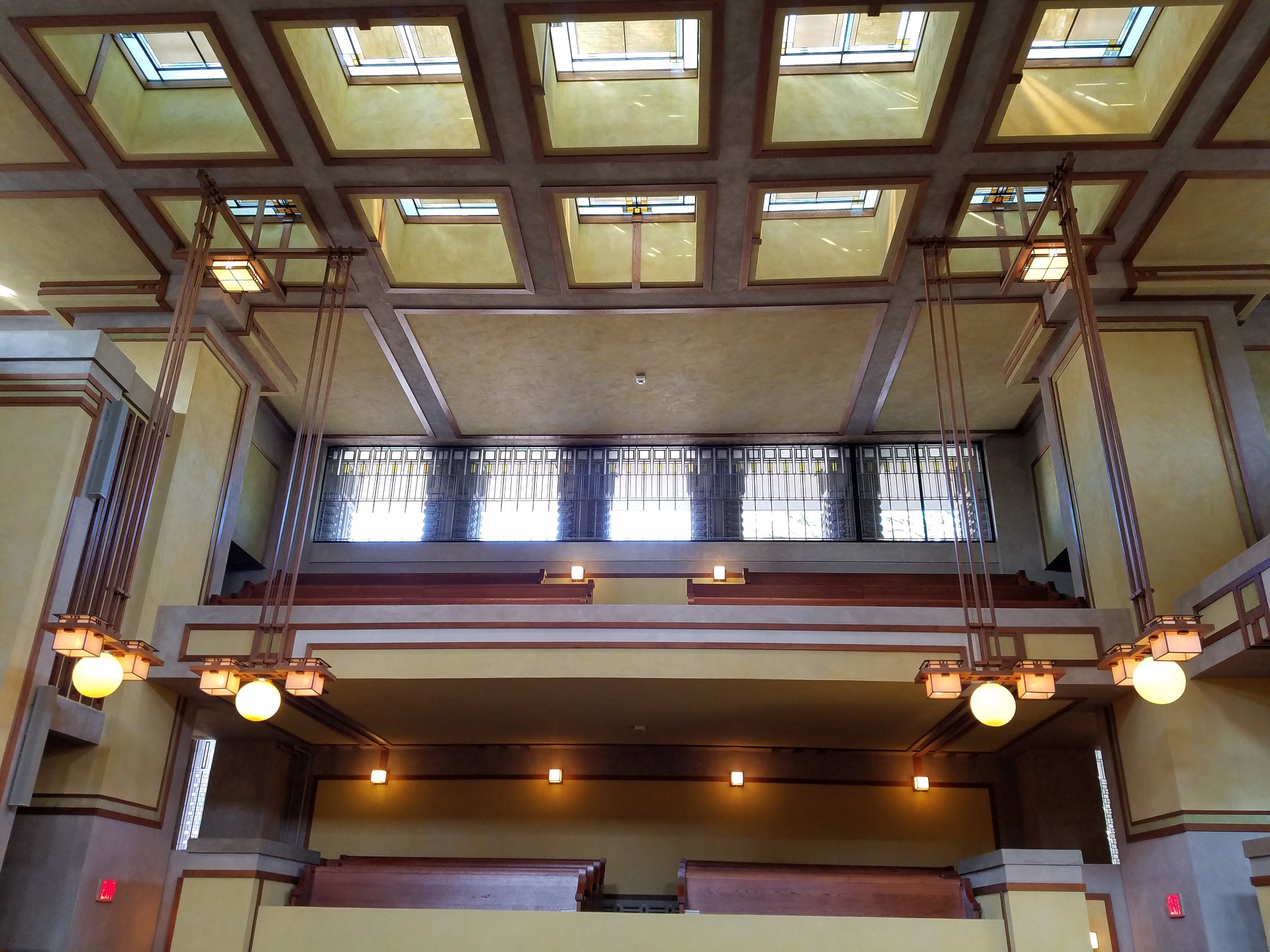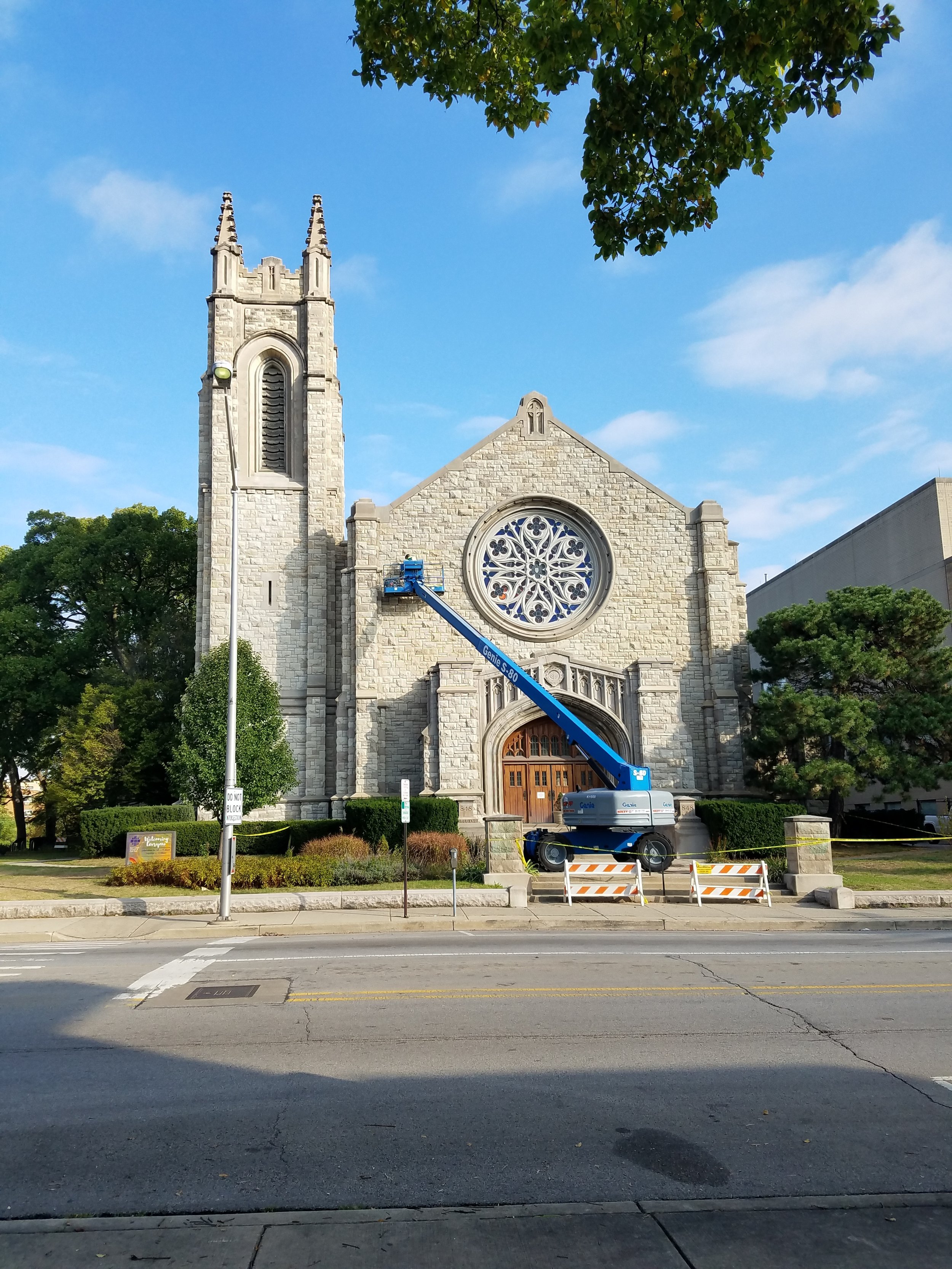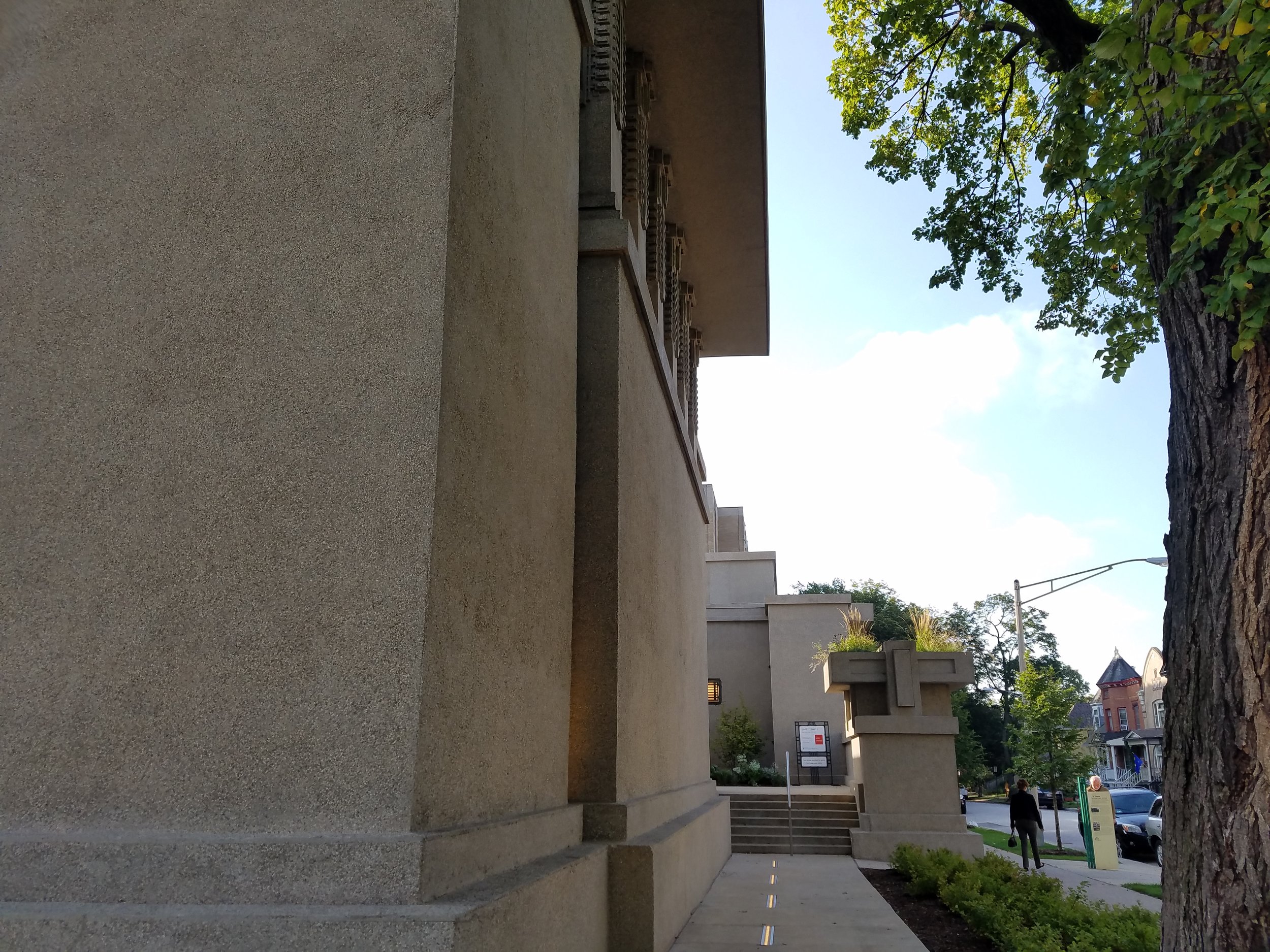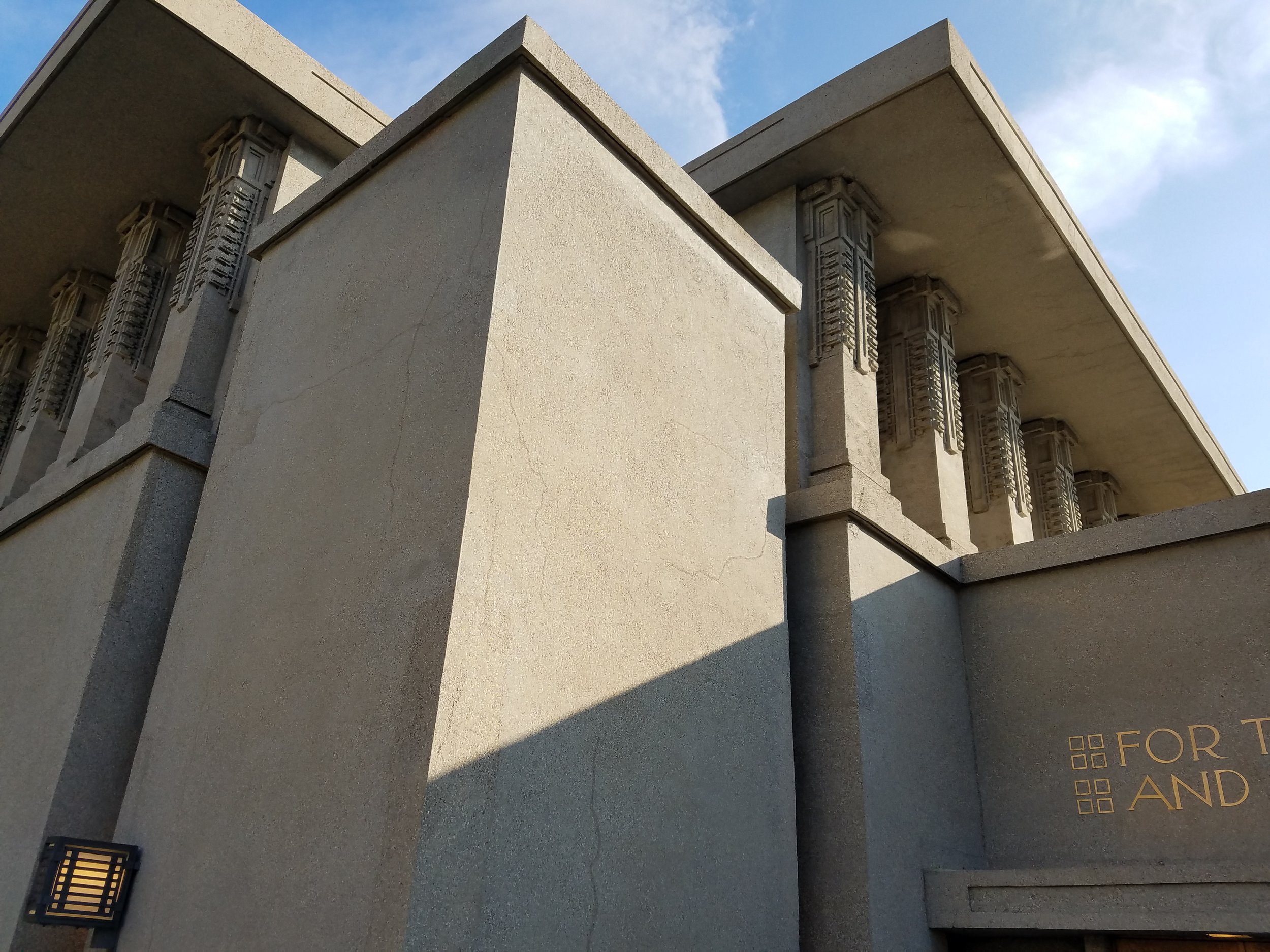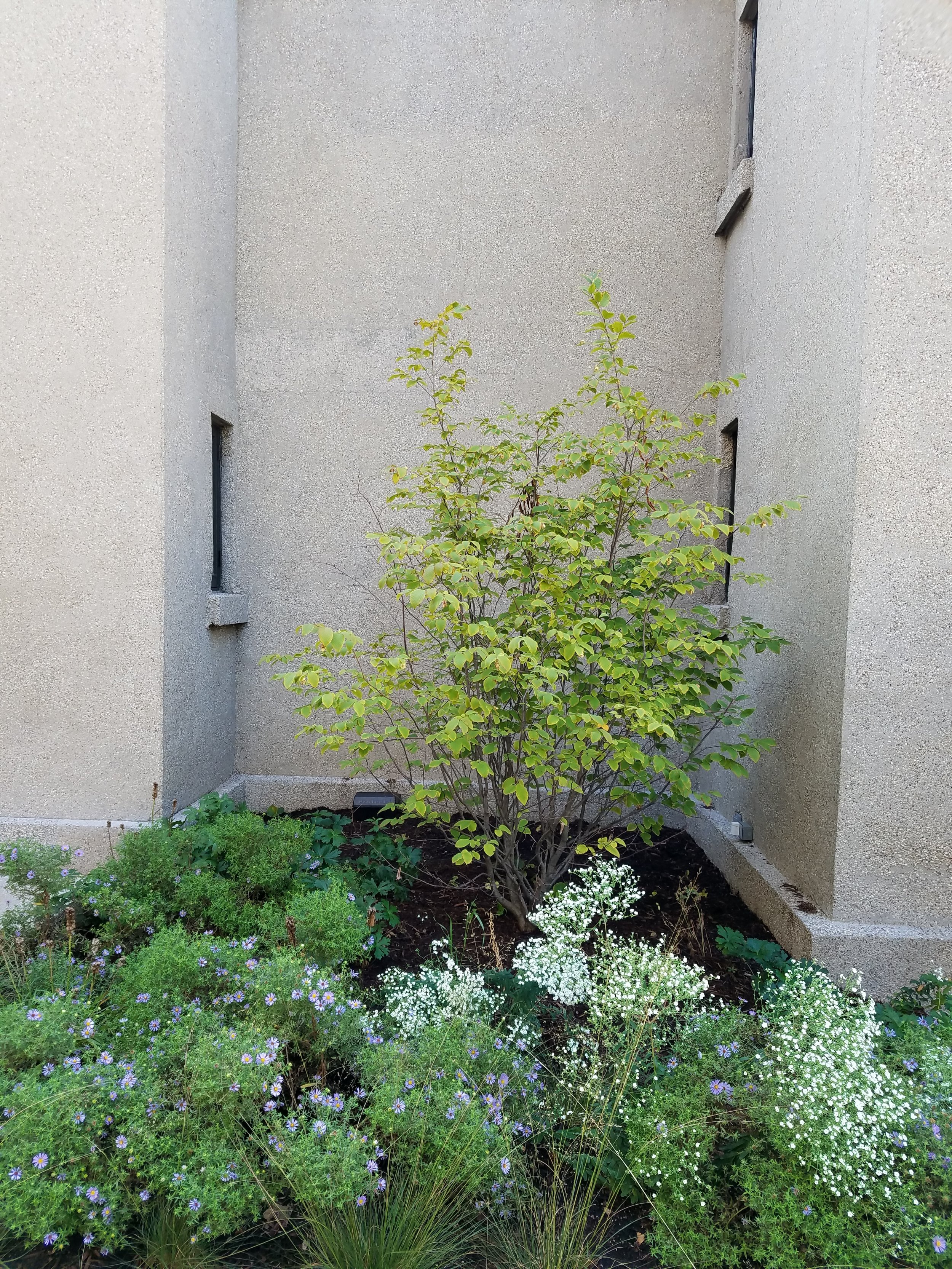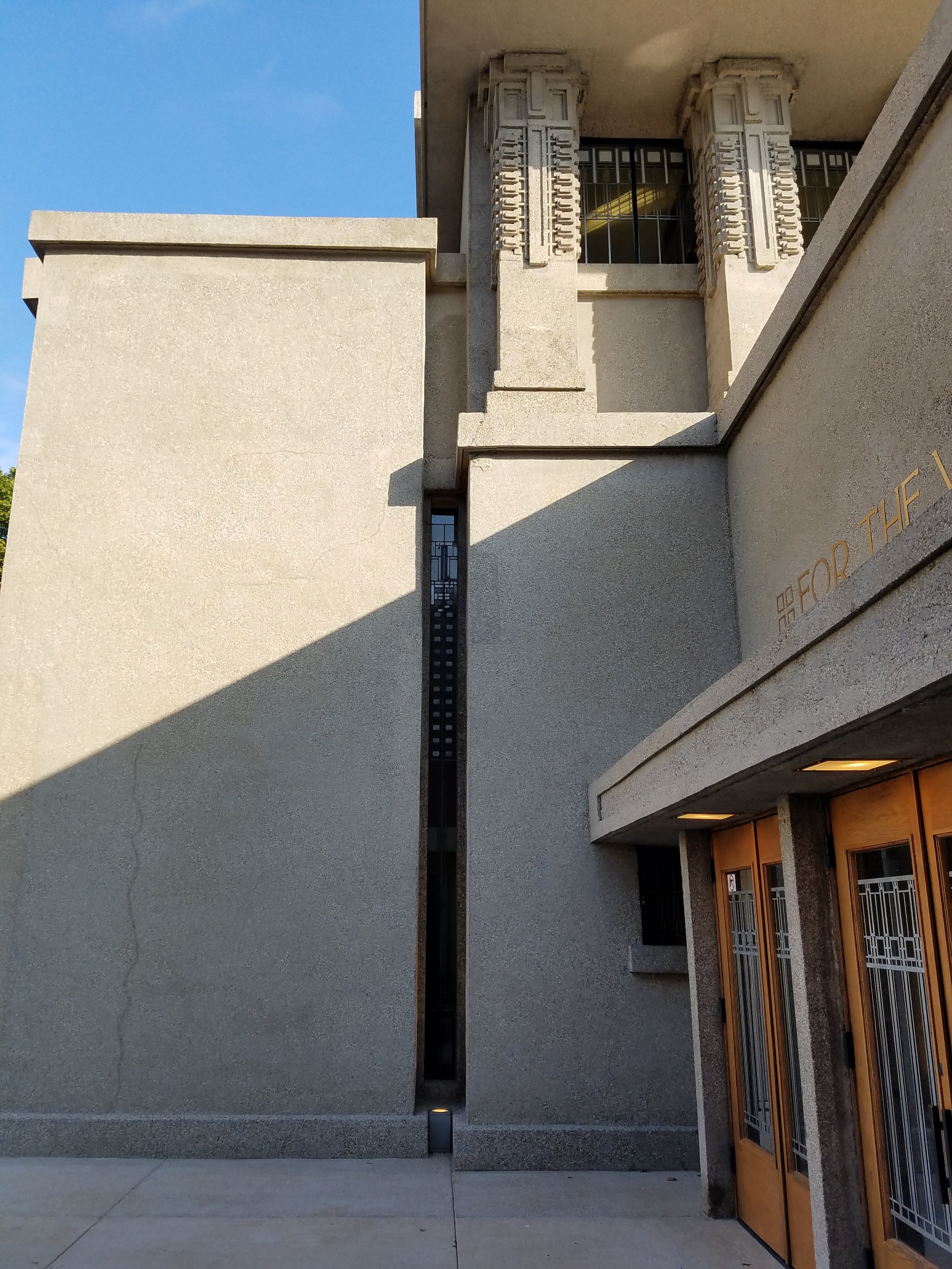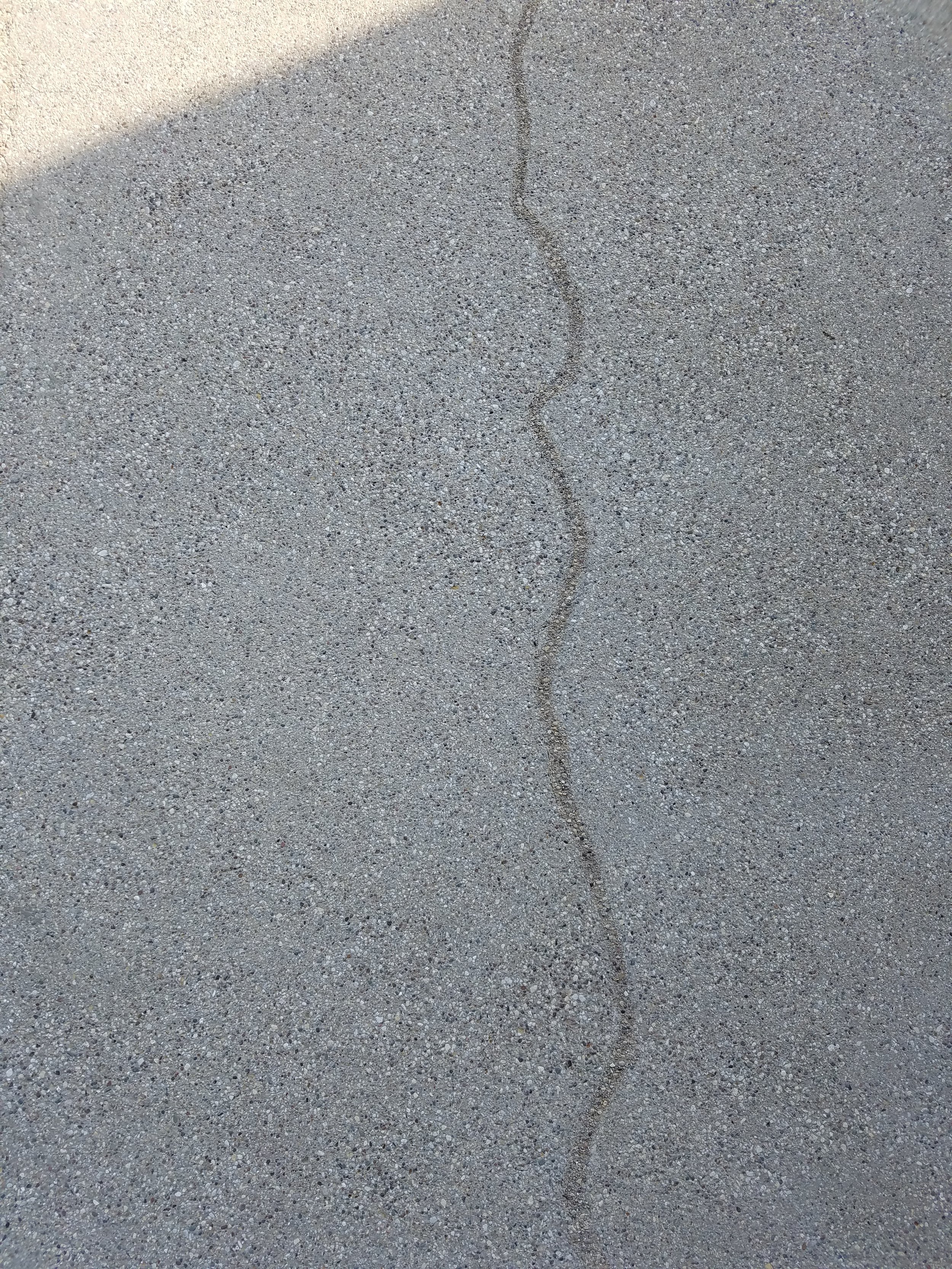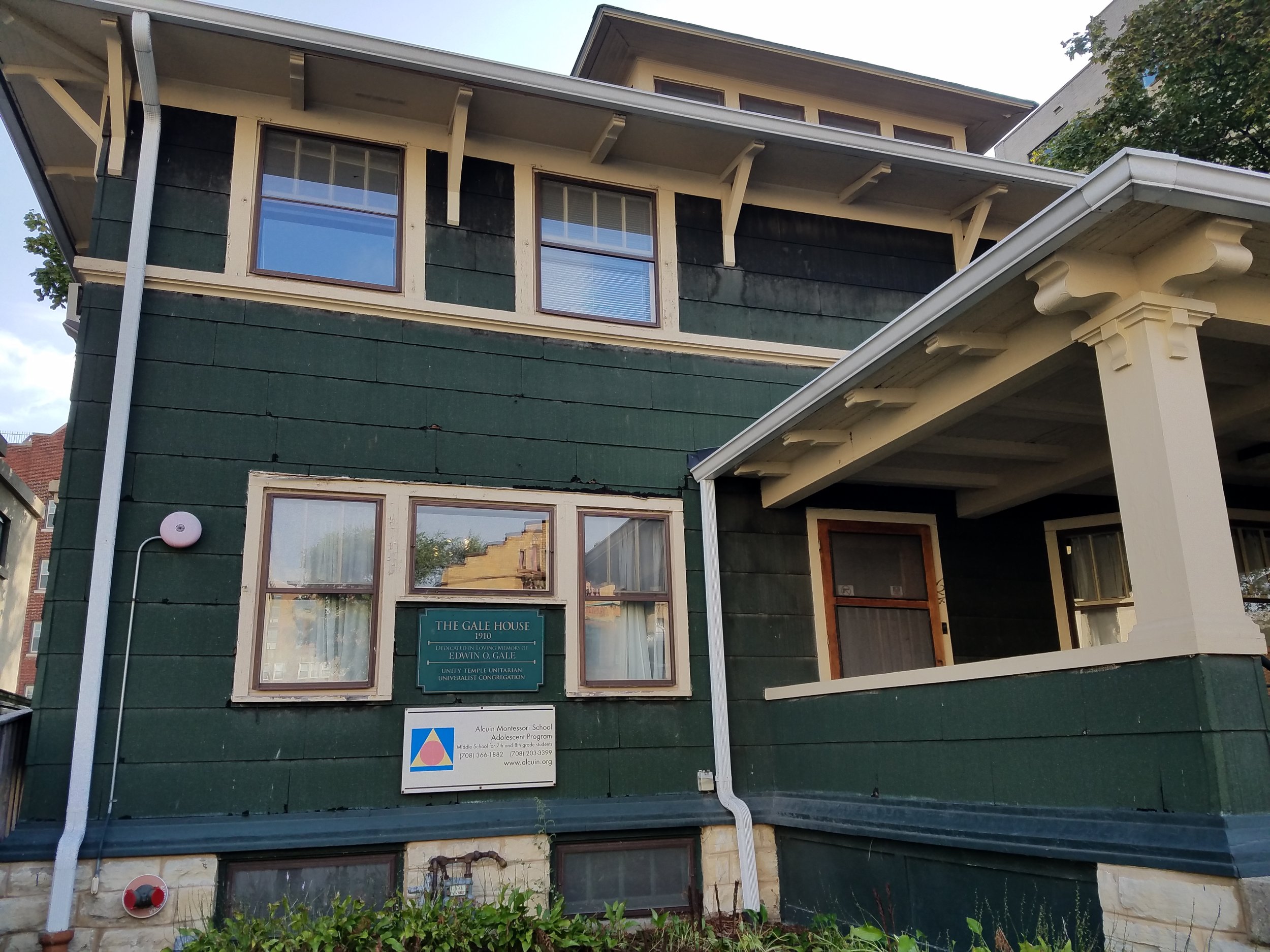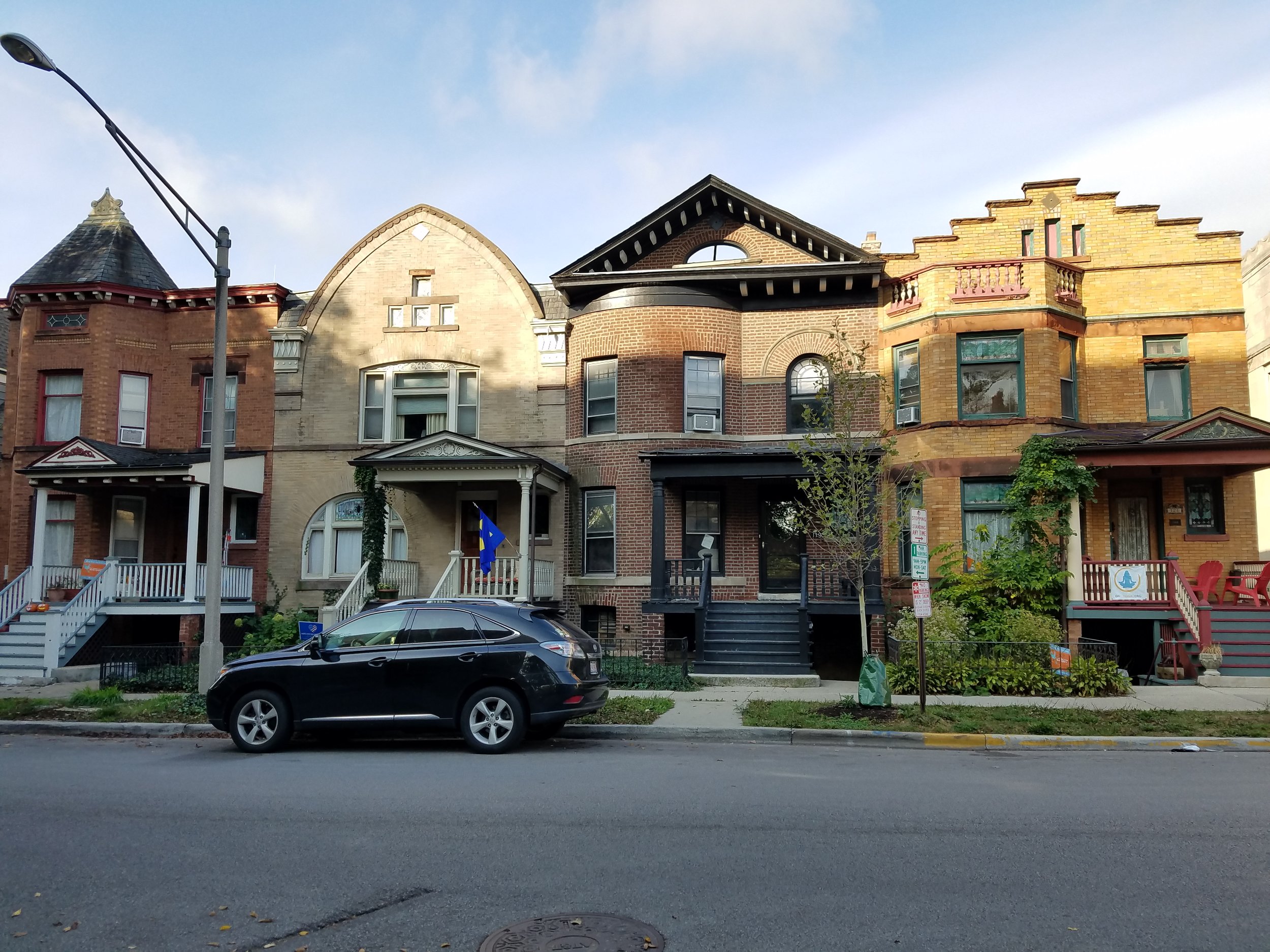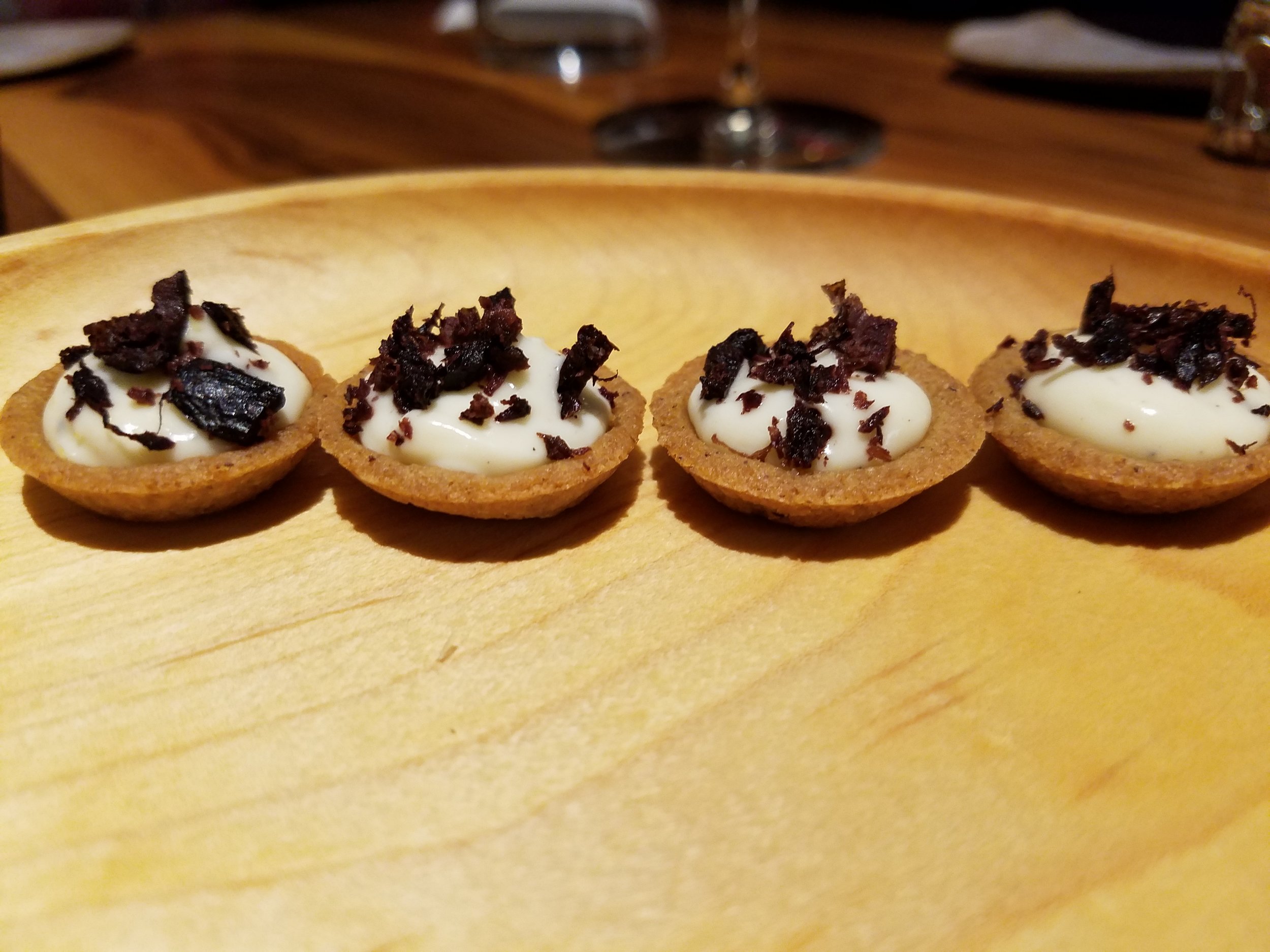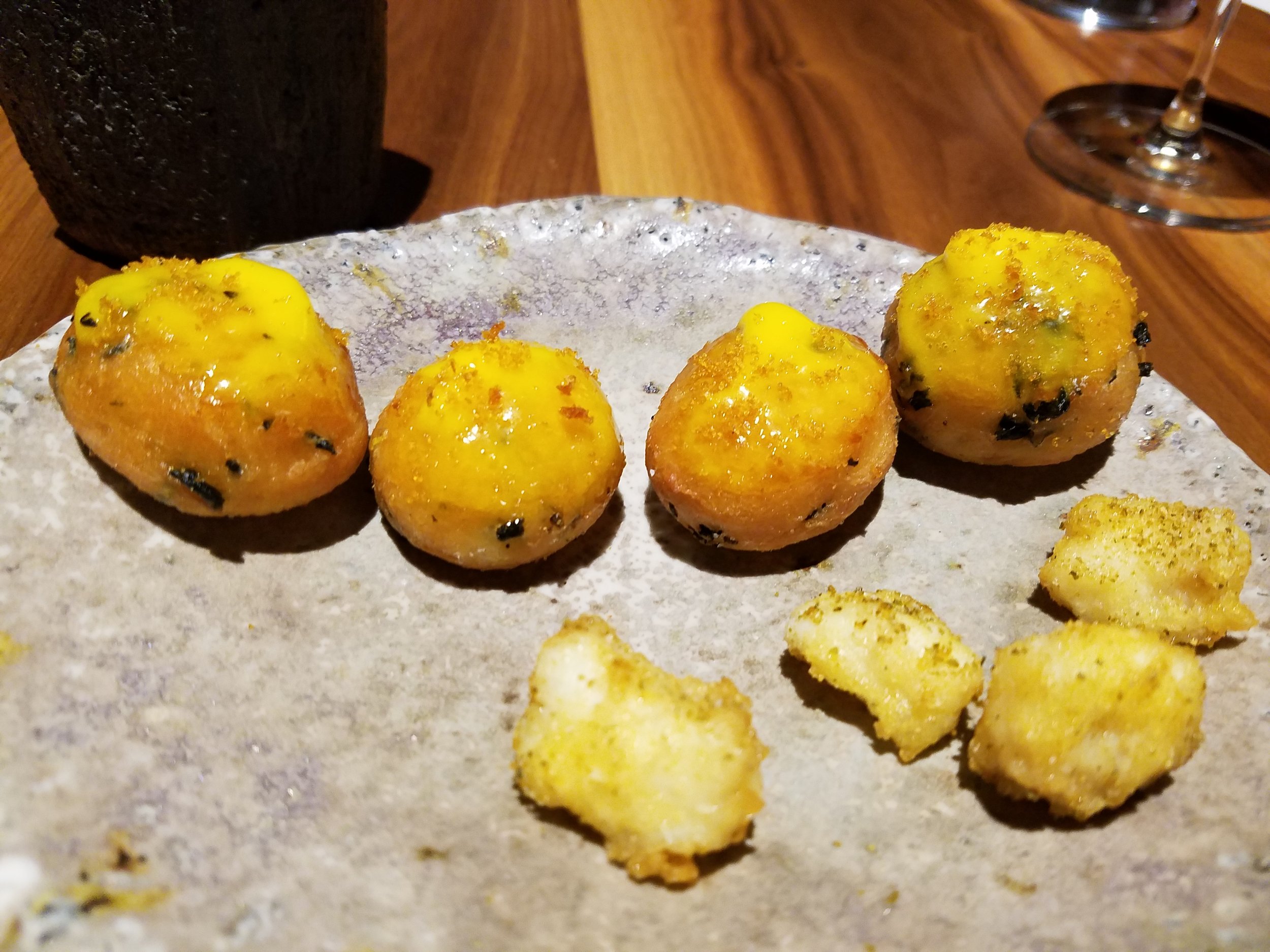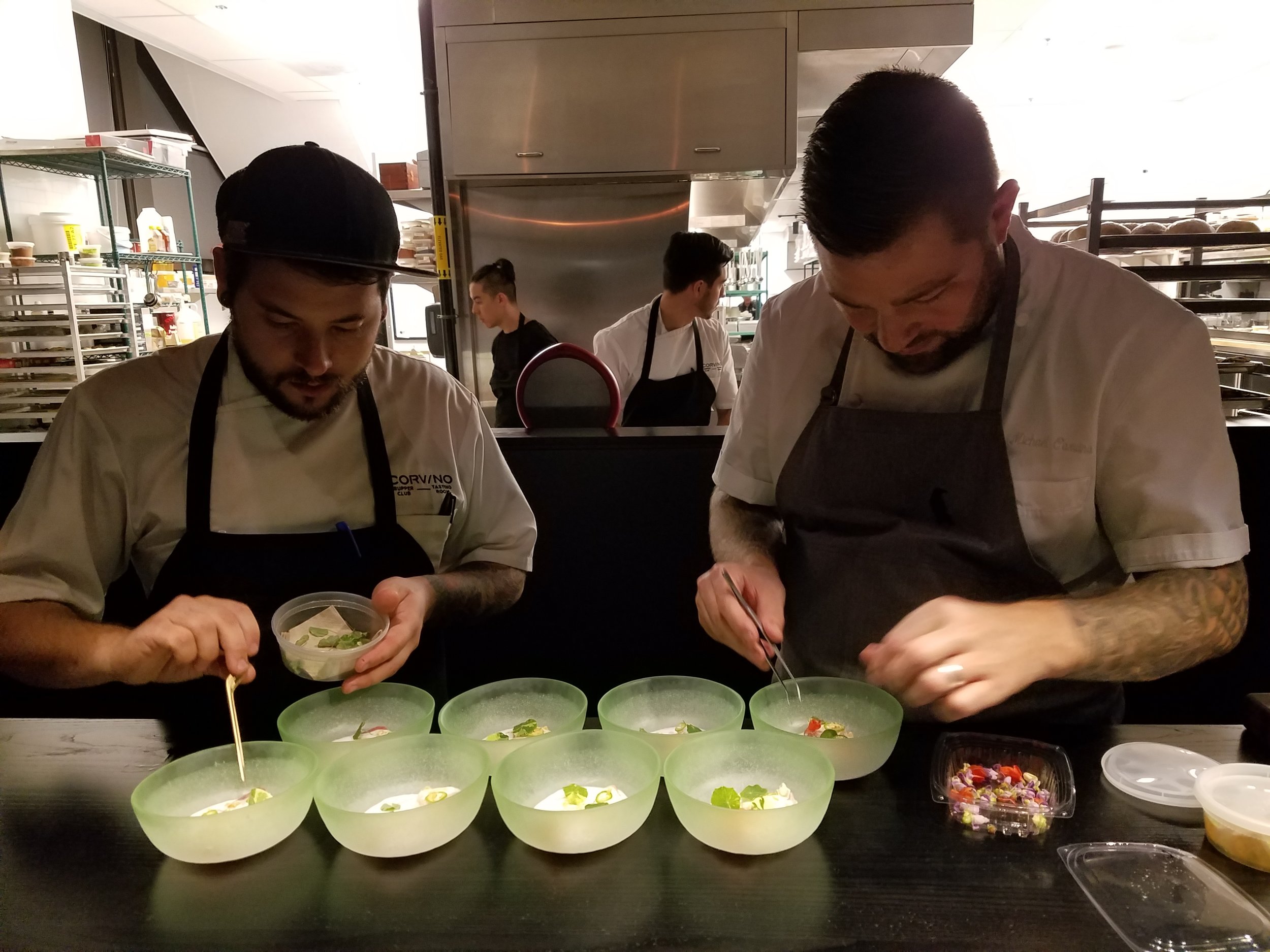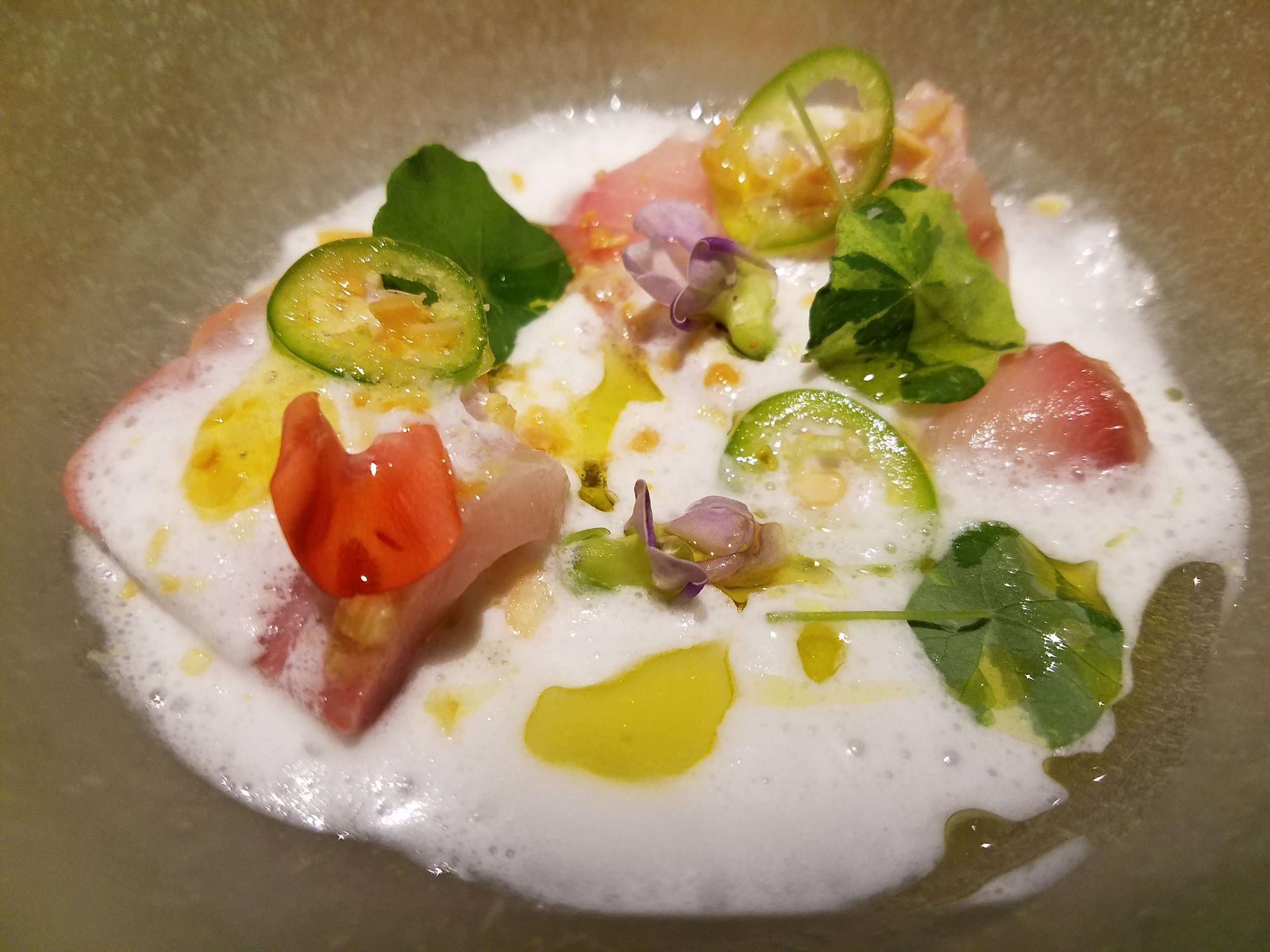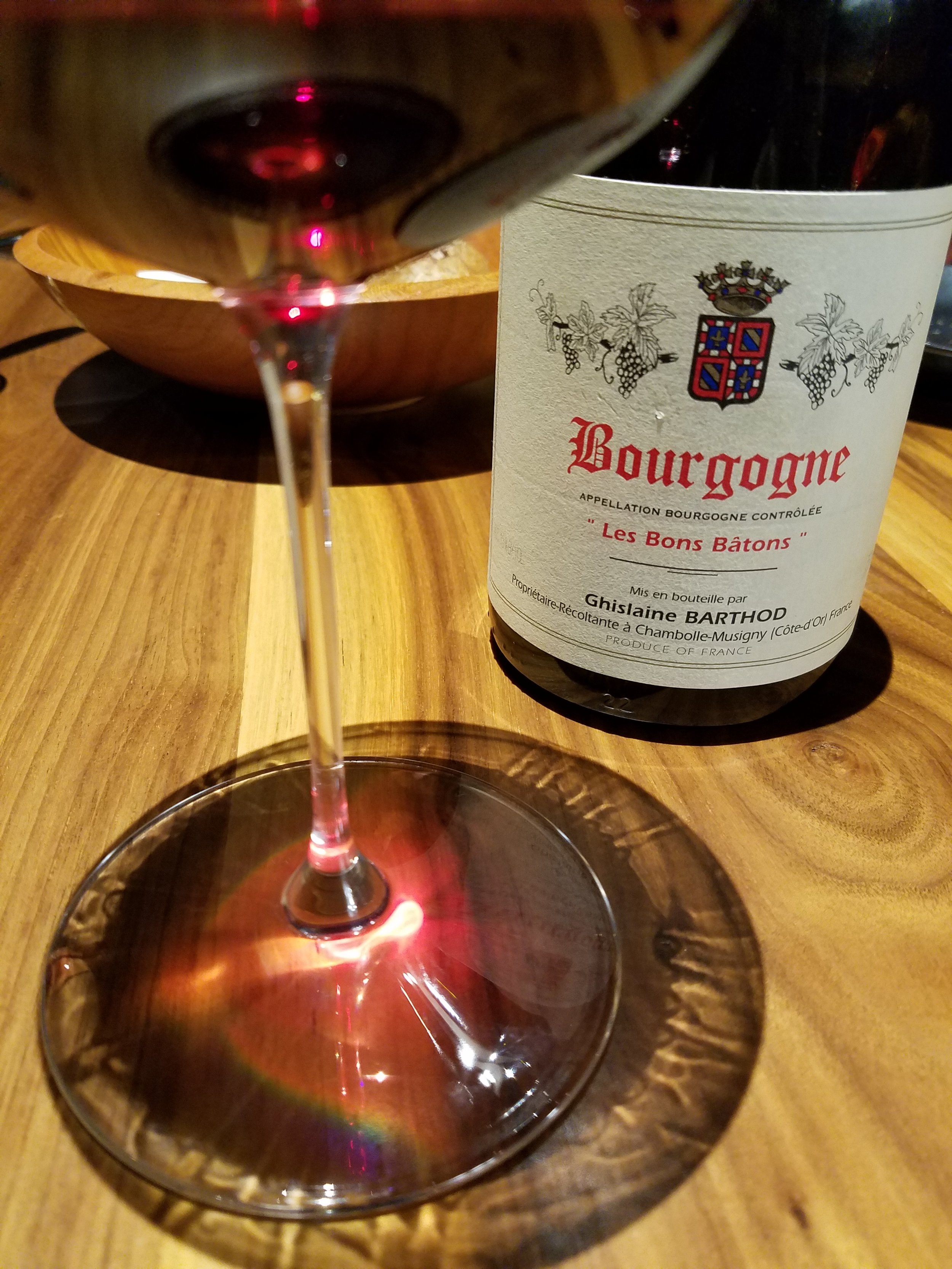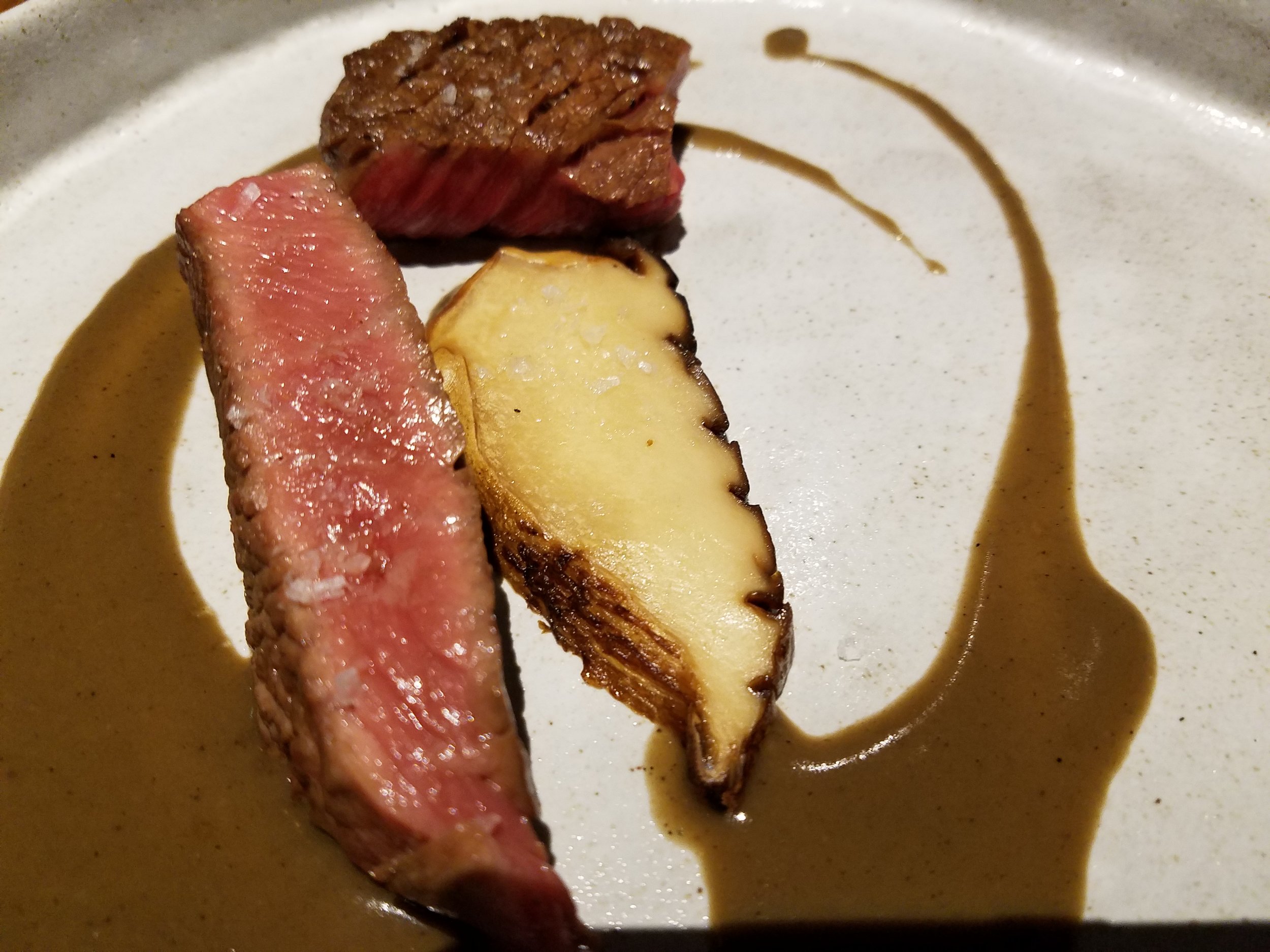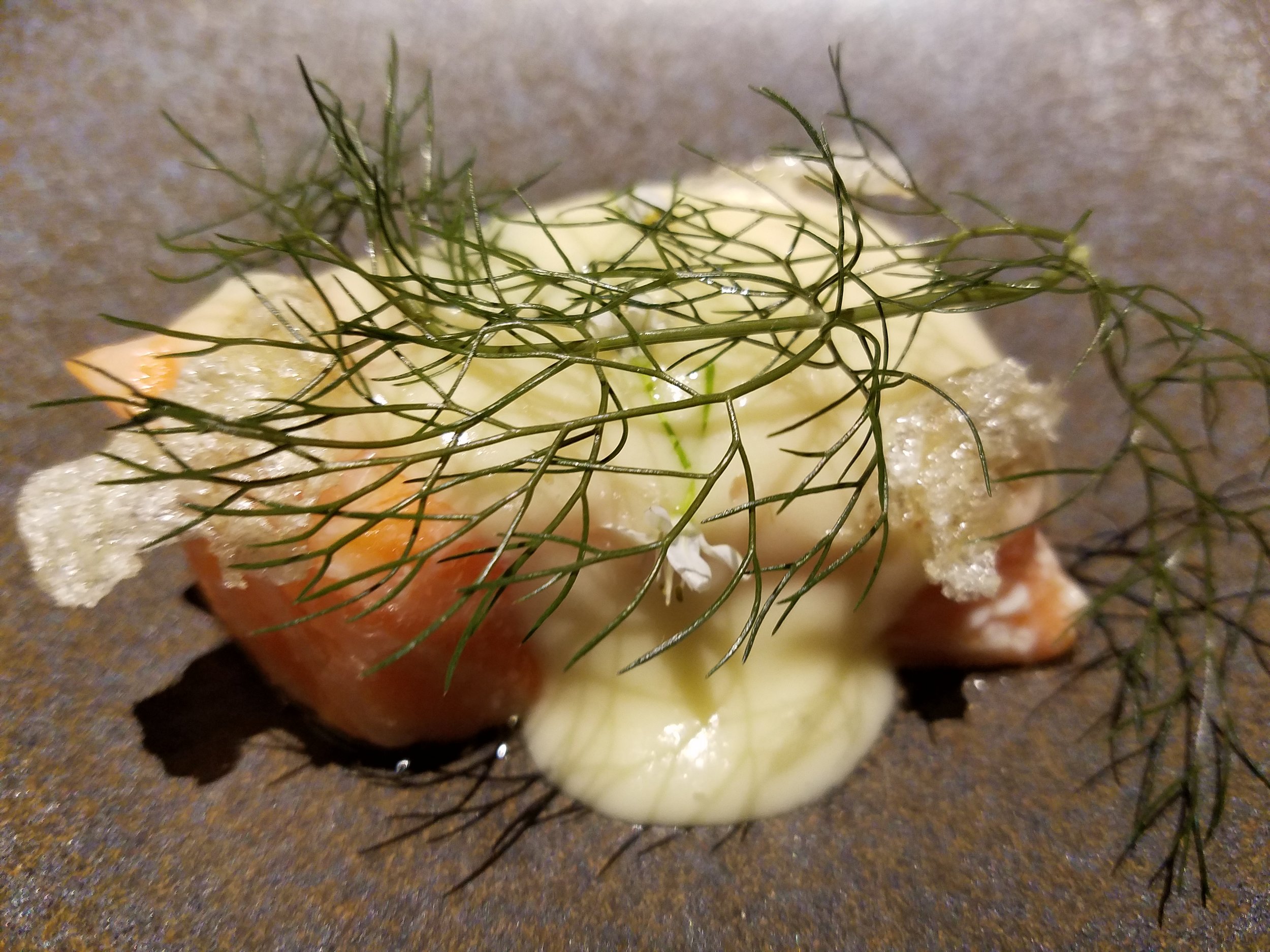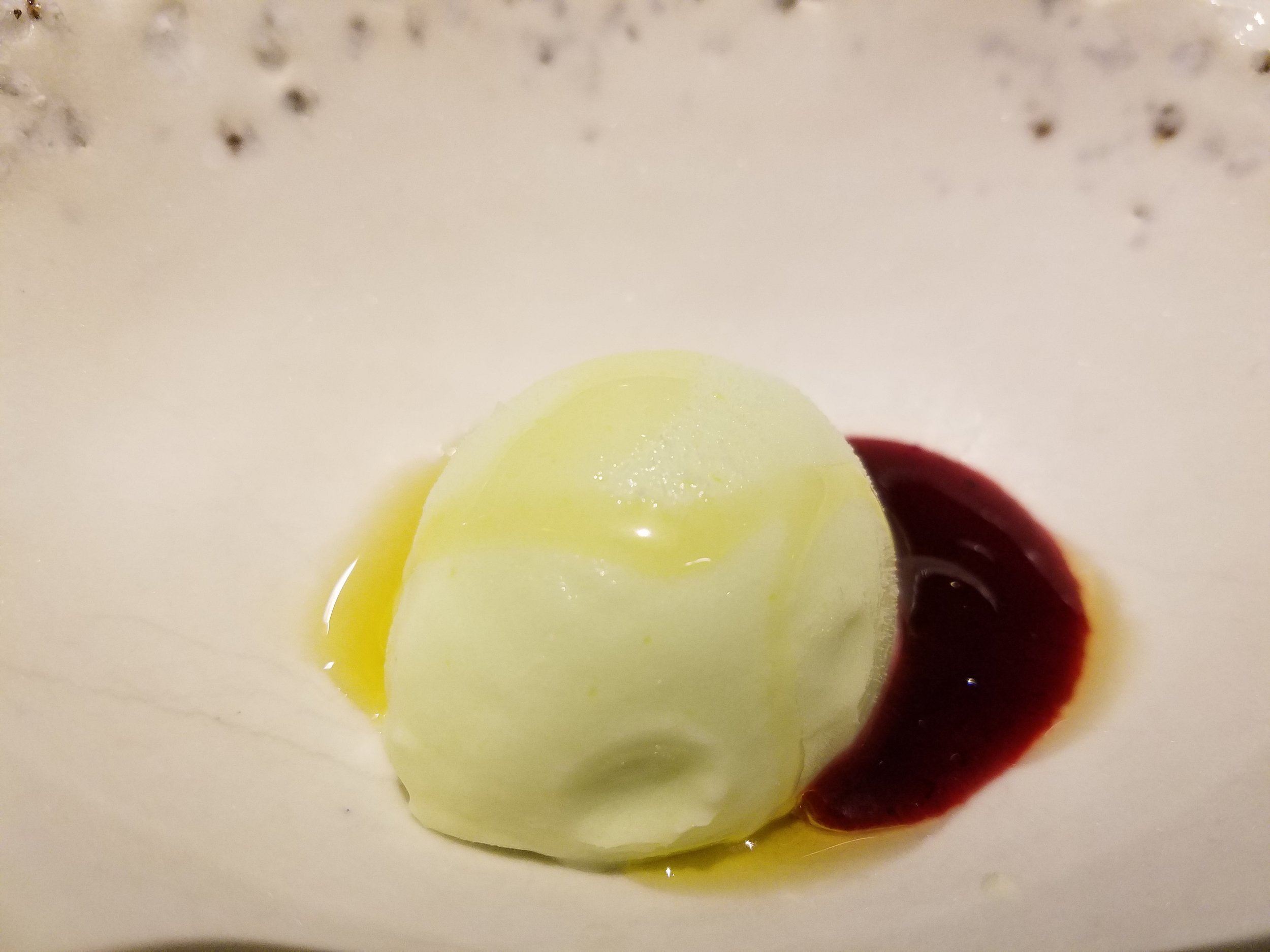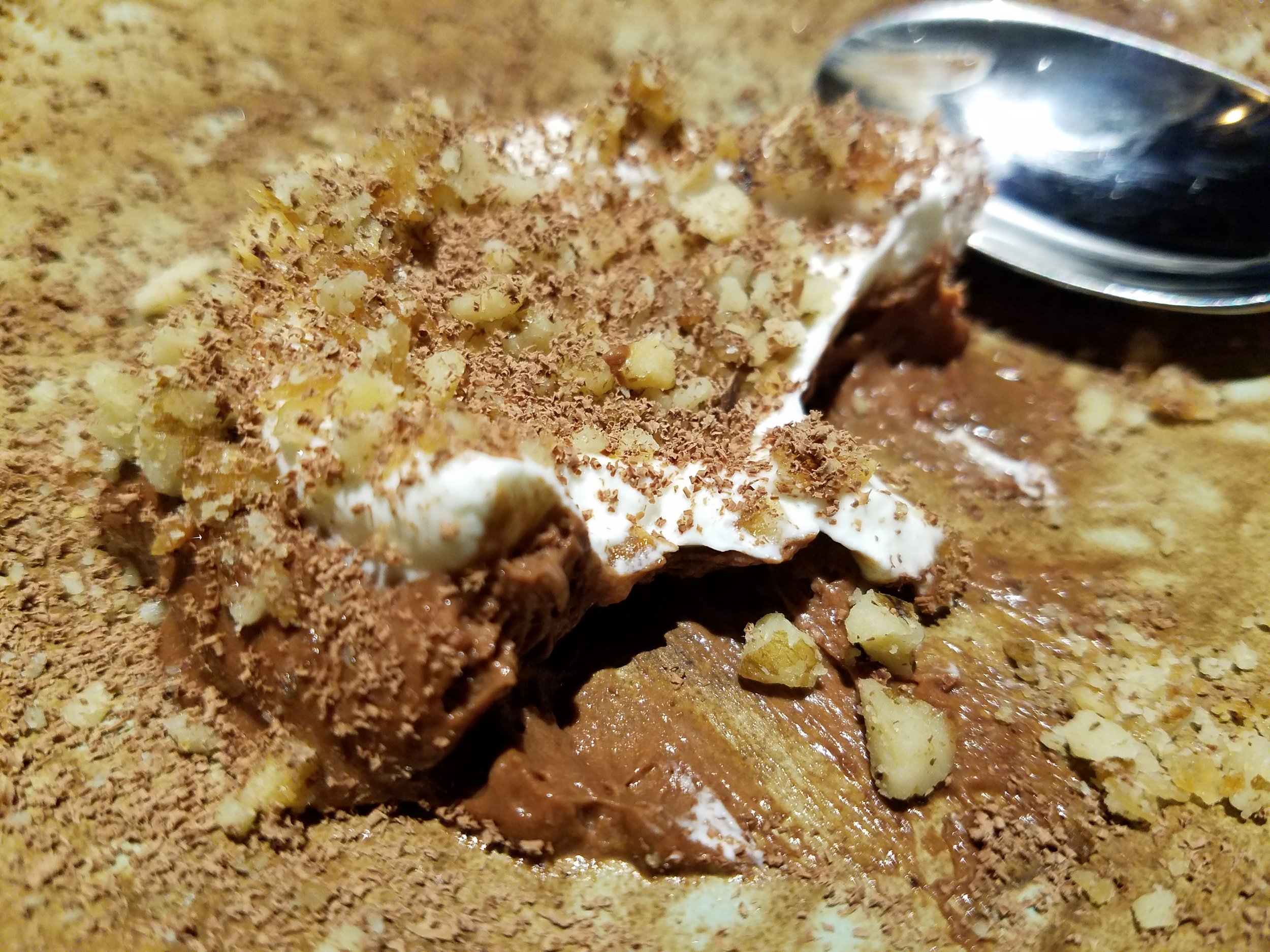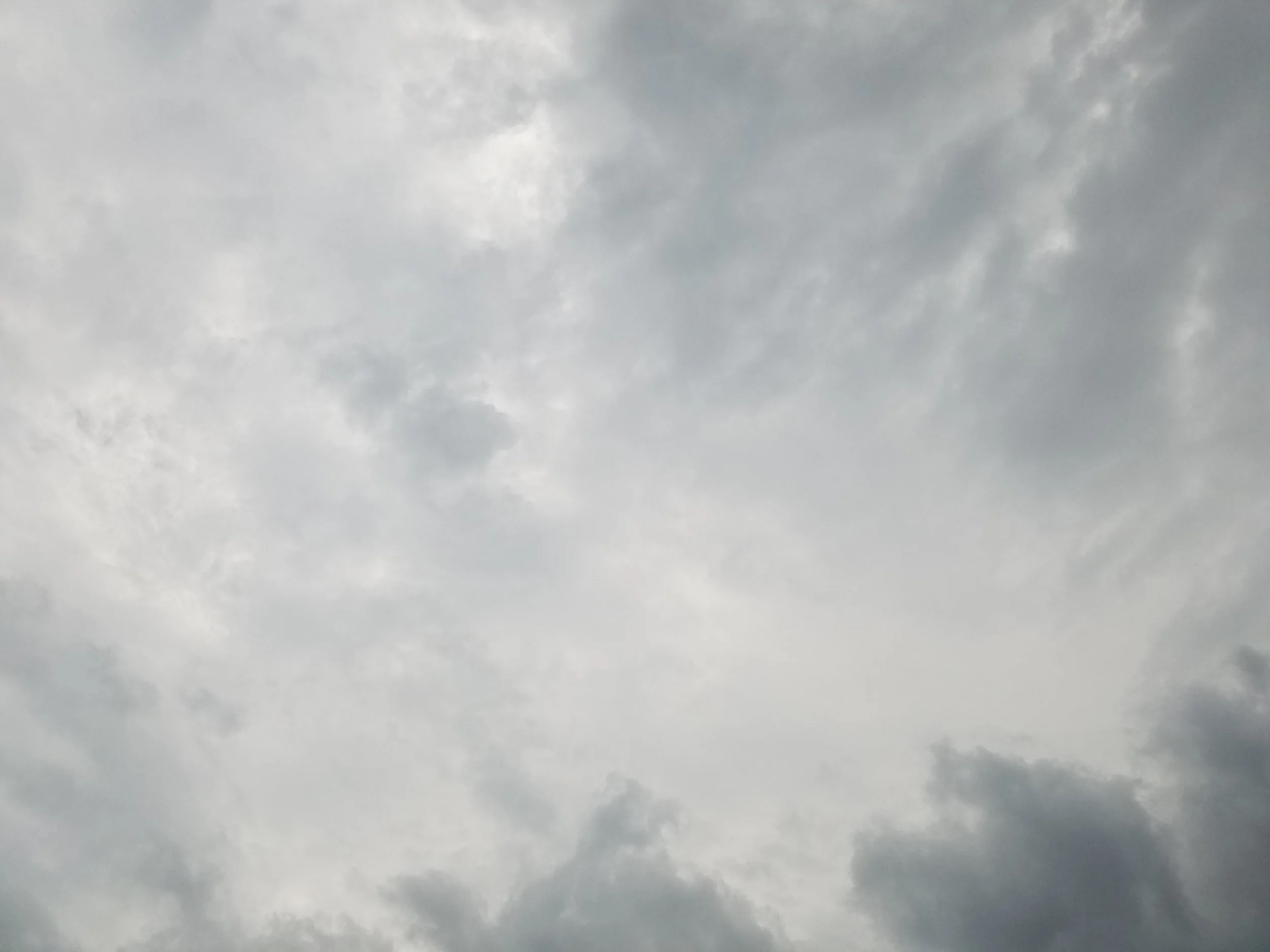Like everyone else with an ounce of decency, I’ve been disgusted and disturbed by what we witnessed in Charlottesville, Va., over the weekend. But it’s important to keep in mind that the fatal rally of torch-carrying weasels is only the latest and largest eruption by white nationalist, neo-Nazi, klanimals. The current environment seems to have given them permission to crawl out of their ratholes. They’ve been emboldened by a sense that their time has arrived, given the presence of like-minded dark philosophers in the upper reaches of the Executive Branch (looking at you, Steve Bannon, Stephen Miller, Sebastian Gorka, Michael Anton, among the puppet-masters in the White House).
The death of Heather Heyer at the hands of a car-wielding simpleton does not stand alone. Add her to the roll of victims of white-supremacist extremists (“domestic terrorists,” if you will). They include two Garmin engineers in Olathe, Kan., Srinivas Kuchibhotla, who was fatally shot, and Alok Madasani, who was injured, as was a heroic witness, Ian Grillot. They include Reat Underwood, William Corporon and Terry LaManno, gunned down three years ago by a corroded neo-Nazi outside two Jewish institutions in Overland Park, Kan. They include two men stabbed to death last May -- Ricky John Best and Taliesin Myrddin Namkai Meche --by an anti-Muslim ranter on a train in Portland, Ore. The list, of course, goes on. And lately the alarm grows only louder. As Heather Heyer posted on her Facebook page, "If you're not outraged, you're not paying attention."
I’ve had occasion a couple of times recently to dredge up a piece of ancient, though relevant history. I’ve never written directly about my own personal encounter with neo-Nazis, partly because my memoir muscles are not well developed. But, indeed, it was 39 years ago this month, when my path collided with a swastika-wearing dolt. (As I’ve put it from time to time, I’m the only journalist I know who has been arrested in a newsroom for disturbing the peace of a Nazi. I was much younger and tempestuous then.) Many former Star staffers paid tribute just recently to the late Tom Eblen, who, as managing editor at the time, played a supporting role in the brief newsroom fracas I set off. (“Consider this the obligatory wrist-slap,” he told me at the time -- or something much like that-- with his patented smirk.)
The other memory trigger occurred last November. On the day we learned of the death of longtime Star columnist Charles Gusewelle, my friends at KCUR asked me to write something for the station’s website. I’m reposting it here, because it includes Gusewelle’s take on my moment of resistance. There’s more to the story, of course, and some day I’ll get around to writing it. But for now:
This piece first appeared Nov. 16, 2016, at kcur.org.
My last encounter with Charles Gusewelle was early in 2015. He was trying to reach me by phone and I was on a weekend getaway to Key West. But I found his mysterious message — we weren’t fast friends, and I had no idea why he was calling — and returned the call. Of course, he was on deadline — this was a Saturday afternoon when I reached him. And the Sunday column he’d drafted was about me. Really?
I found that column this morning after learning that Gus had died, at 83, early Tuesday.
He had worked for The Kansas City Star since 1955 — more than 60 years. He built a career of reporting, commentary and global witness that should be the envy of any aspiring journalist. For the last 35 years or so he spoke directly and personally to readers as a columnist. His voice was gentle, soothing, compassionate. Many readers adored him for his love of animals and the outdoor life. Others were rewarded by his astute and timely reporting on his travels to Paris, Senegal and the vast territory of the Lena River in Siberia.
In the years that I knew him, he wasn’t so much a newsroom presence — he officed behind high walls or more often at home -- as he was a prolific and elegant writer who set a certain standard. His work defined the atmosphere of The Star. He was exacting in his prose, and woe to the copy editor who thought he or she might know more than he did about the aim of his words or the effect of his punctuation.
Gus had something of Hemingway in him — the travels to Paris and beyond, the hunting and fishing life, the deep concern for global injustice. It is my great regret that I did not have a chance to share with him the Hemingway biography that I’ve had in the works.
We all knew he’d been ailing for quite a while. He stopped writing his regularly weekly column last June. In a farewell column, he reflected the uncommon bond such a writer develops with those on the other end of his words: “This friendship with you, my readers — born out of decades of sharing my loves, losses and adventures — has been an immeasurable gift. This type of friendship is rare.”
Gus developed that column involving me in response to the horrendous massacre of the Charlie Hebdo satirists in his beloved Paris. He was moved to recall more civil encounters in his newsroom career, but then there was this:
“It was midafternoon in the newsroom of The Star. An editor had just returned from the coffee bar with a steaming mug of fresh java and sat to resume working at his desk when from the elevator and through the newsroom door came two men, their boots thumping on the uncarpeted floor.
“The larger of the two wore a brown shirt and an armband that flaunted the emblem of Hitler’s legions — a swastika in scarlet, black and white.”
Gusewelle did not use my name, but he described some of what followed on that summer day in 1978. It “was not a considered act,” he wrote. “It was simply an immediate reaction to those men and that hateful insignia.”
Yes, I doused that damned Nazi with a cup of hot coffee.
“Nazis do not take affronts lightly,” Gusewelle wrote. “Herr What’s-his-name got interviewed after all. He also called the police, and the editor — cited for disturbing the peace — paid a $25 fine.
“Rather preposterous, I’d say, considering the amount of peace disturbance done by Nazis in their time.”
Gusewelle was not immune to hyperbole, given his conclusion: “I recall the event as one of the fine moments in American journalism.” He tempered that, however, with another lament for what we have lost over the years: “But this is a different day, and today our entryways are guarded and secured.”
I remain grateful for Gusewelle’s words, and for what he gave all of us. He saw stories all around him and he knew how to tell them.


